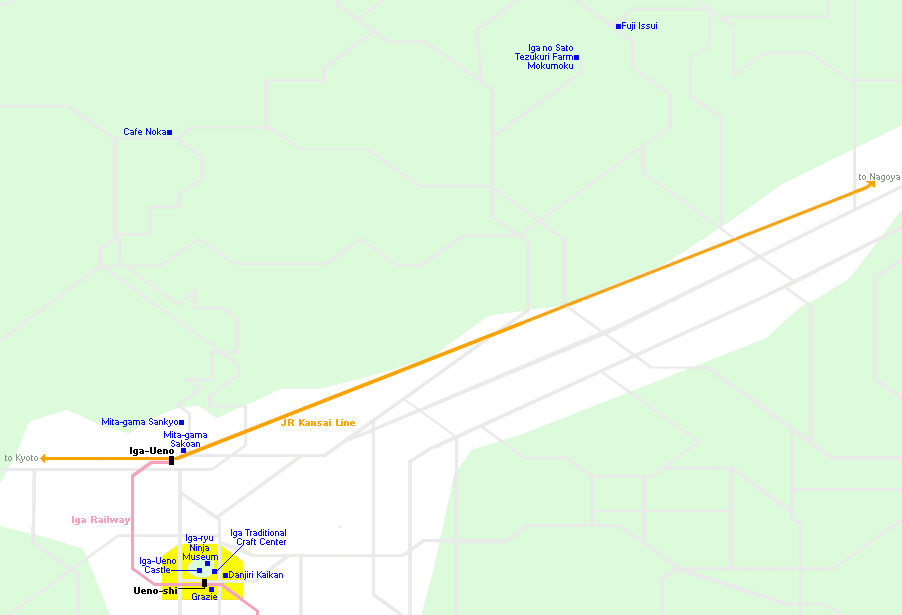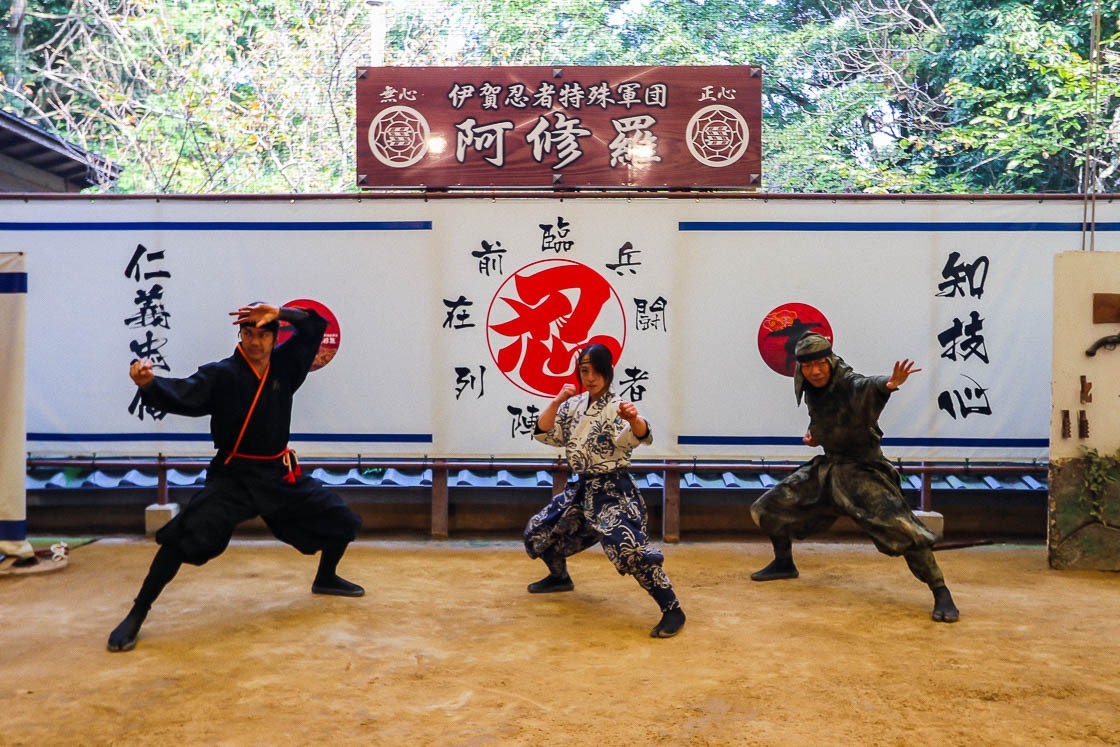2 days in Iga, the Ninja City
Many stories and legends have been written of the elusive ninja, best known as covert assassins adept in the art of combat, concealment and chemistry. A skilled ninja bears no indication of their role and leaves no trace of their presence, as such it is difficult to name specific historical ninja save for a small number. There are a couple of cities in Japan famous for their connections to ninja schools, namely Iga in Mie Prefecture and Koka in neighbouring Shiga Prefecture. It is said that many ninja schools across the country are offshoots of these two.
I had the opportunity to spend a couple of days in Iga City to learn more about the city's ninja culture as well as to check out the other attractions like Iga ceramics and agriculture. The first day of my trip was focused on Iga-yaki pottery and a local agricultural theme park in the outskirts of central Iga. The second day was spent in the city center learning more about the city's history and ninja culture.
Day one
I started my trip at Iga-Ueno Station, and a short walk from the station brought me to Mita-gama. Mita-gama, a collection of two studios and three galleries owned by a family of potters with an illustrious background in ceramics. Their property is spread over two locations, the main one within walking distance from the station, and the other is located about ten minutes on foot up the nearby hill. Iga-yaki pottery is a traditional craft of Iga City, and the works produced at Mita-gama are considered to be Iga-yaki. I started at the location near to Iga-Ueno Station, which has one studio and two galleries, and spent some time chatting with the family and looking at the amazing ceramic pieces that were more works of art than everyday cutlery.
In addition to their studios and galleries, the family has two short term rental accommodation properties, Sakkoan at the location near the station and Sankyo by the other location up on the nearby hill. I managed to get a tour of both places. These former local residences had elegant interiors that combined both traditional and modern styles. It felt like being in an open museum surrounded by a wide variety of artwork with tasteful interior design. Many, if not all of the dishes available for use in the kitchen were also handmade by the family. Perfect for those who want to a unique experience of local craft and art.
In the time that I was there, I also managed to squeeze in a small pottery activity at Sankyo. Note that advanced reservations are required, though the rules may be slightly relaxed for those staying over.

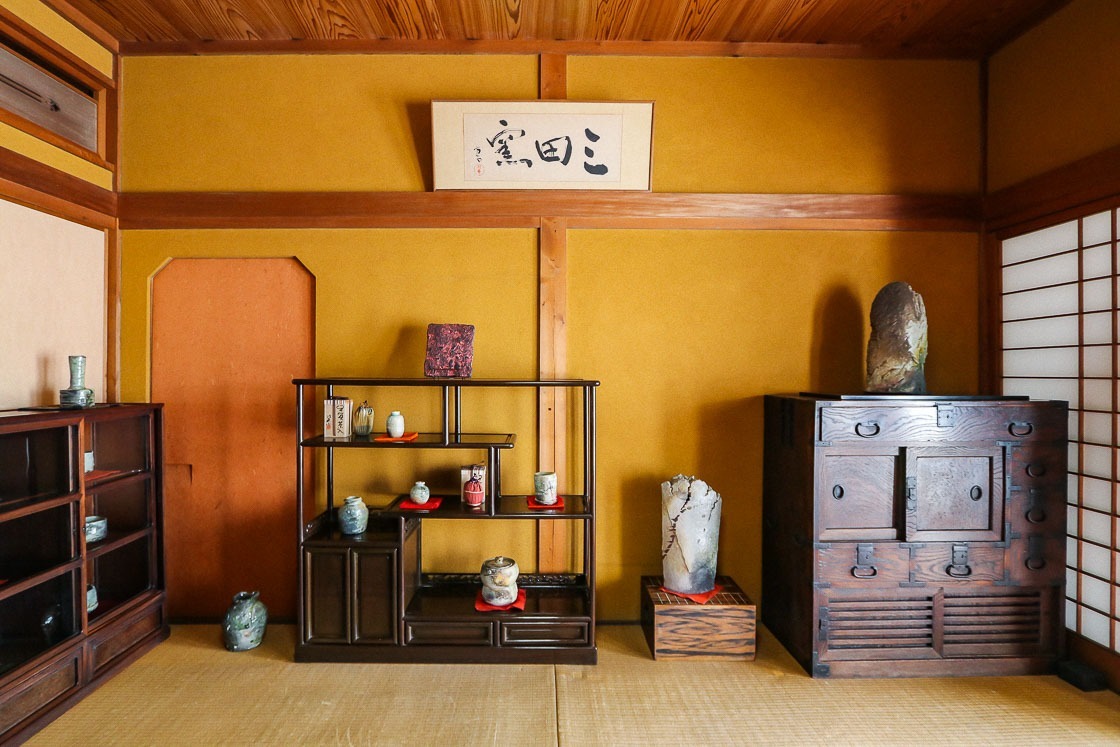
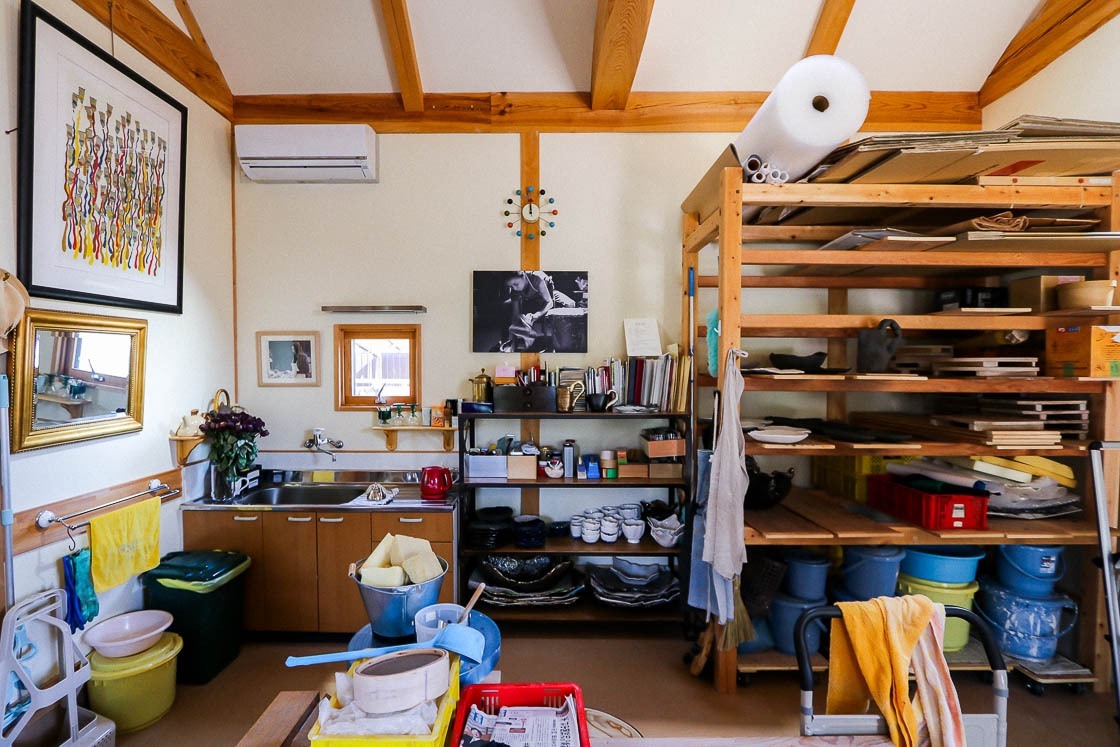


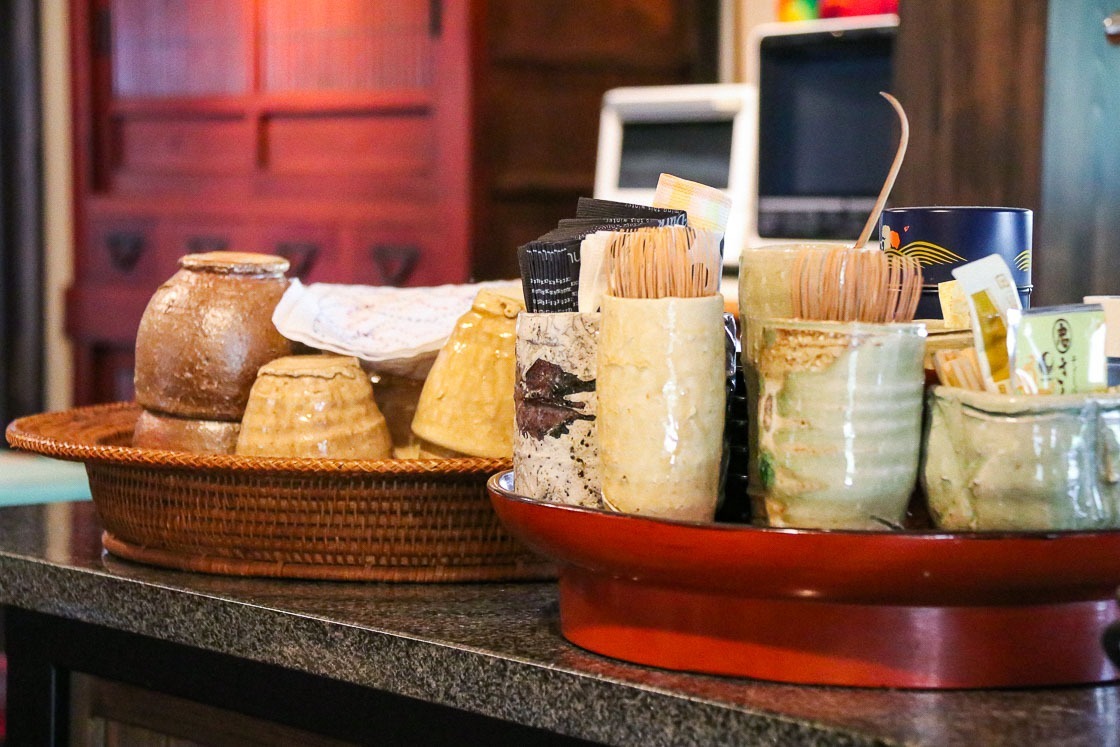
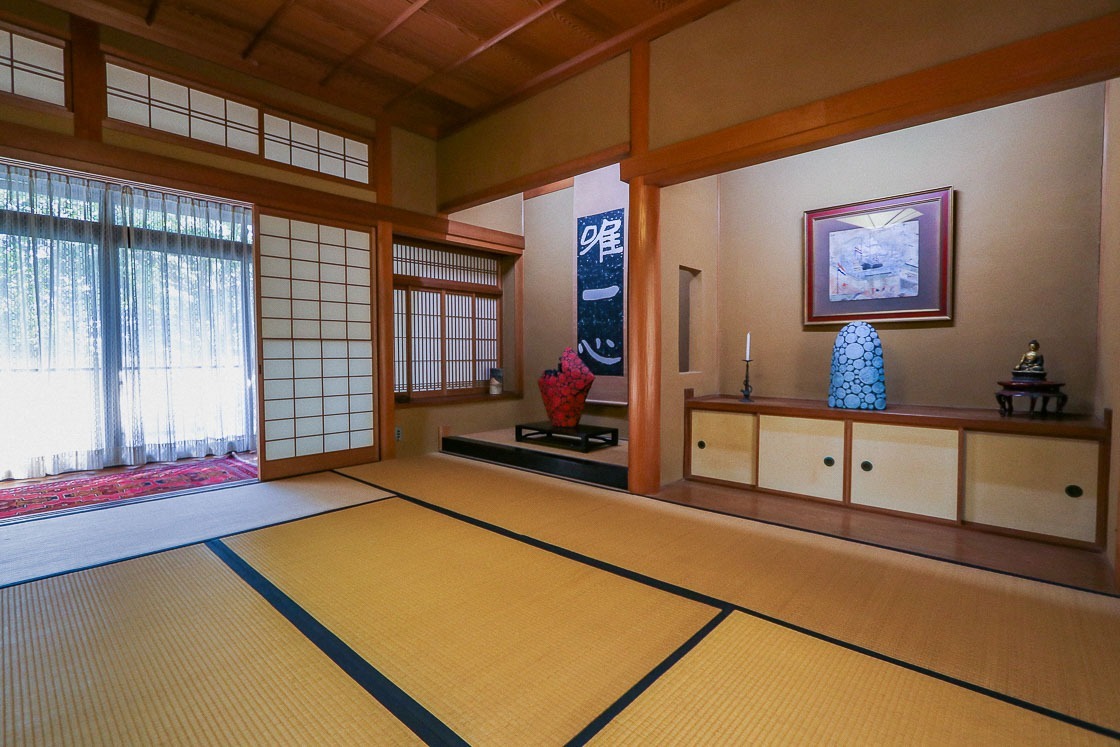

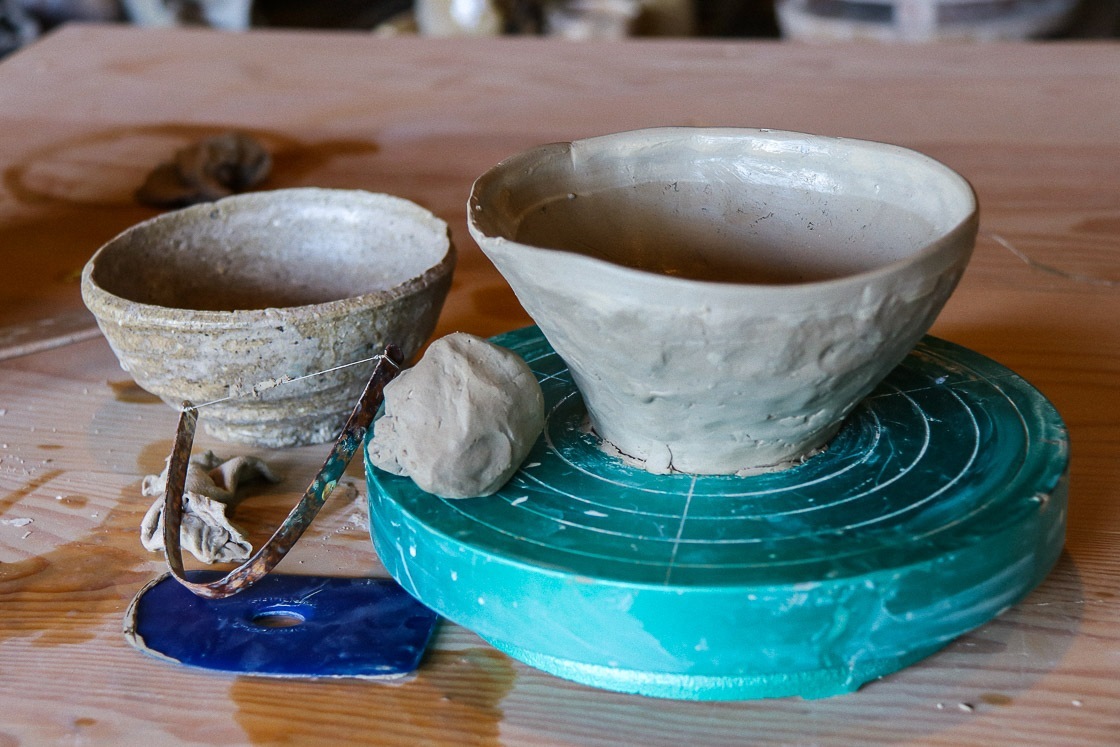
From there, it was on to Iga no Sato Mokumoku Tezukuri Farm, an agricultural theme park where visitors can interact with farm animals, participate in cooking classes and dine at restaurants serving local ingredients. Some highlights at Mokumoku Farm include the mini pig talent show and milking a jersey cow. My visit to the farm started with a delicious lunch of a tonkatsu sushi roll, followed by watching the mini pig talent show. There are 2-3 mini pig talent shows a day. I was entertained by the mini pigs who performed their tricks on stage.
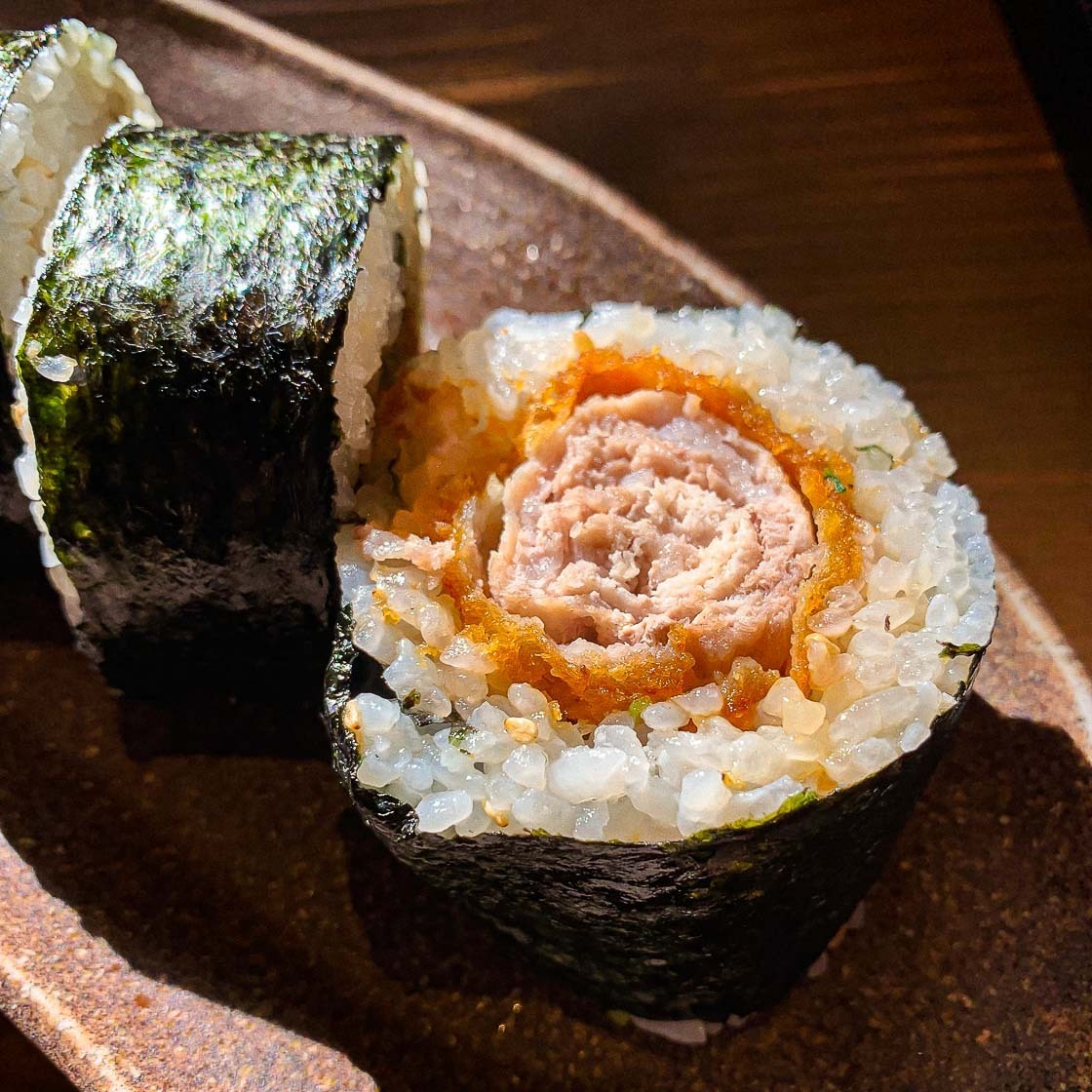
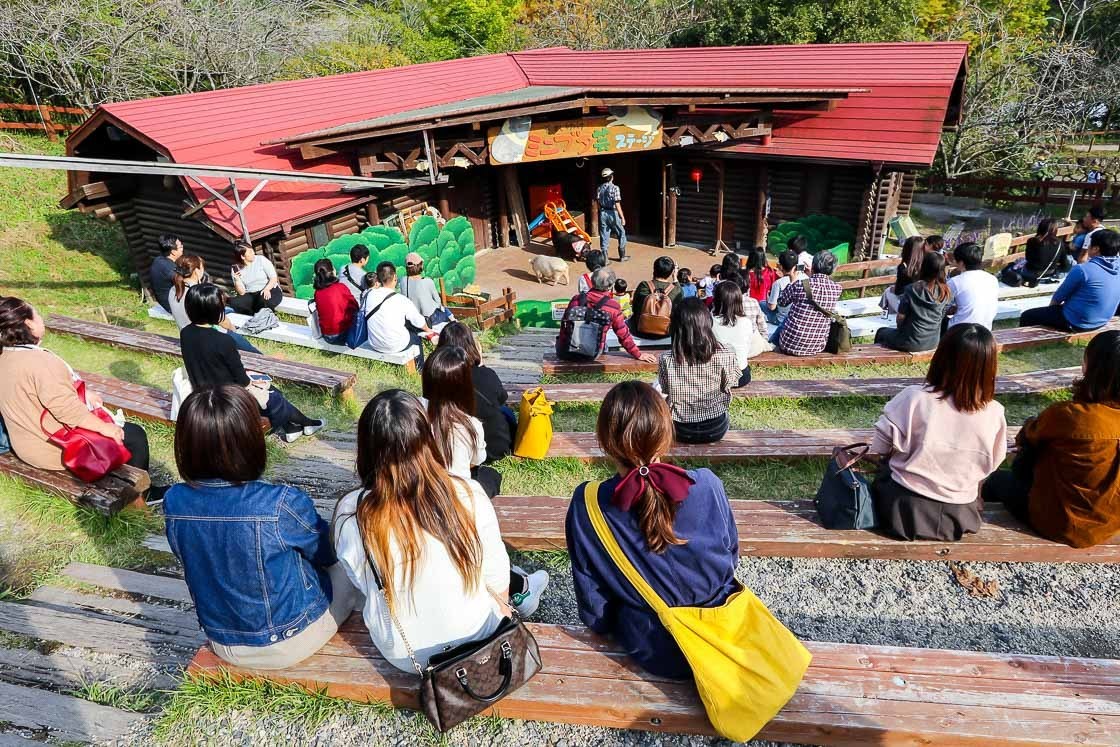
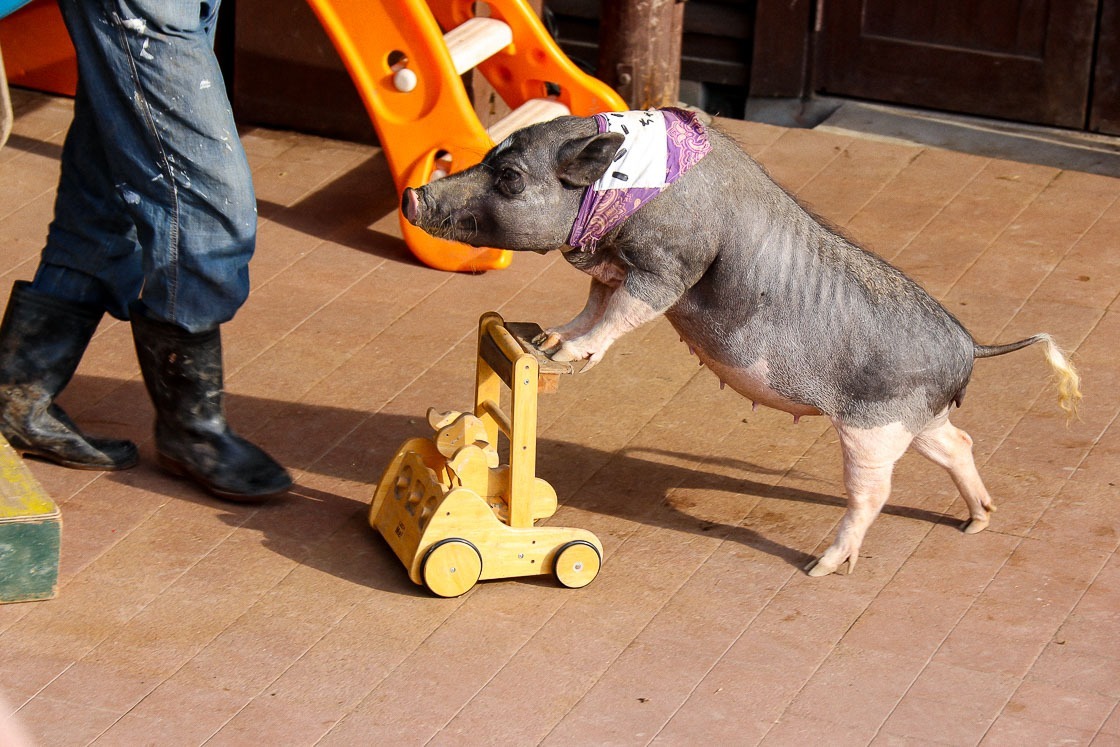
After enjoying the show by the talented mini pigs, I explored the rest of the farm. At the far end of the farm is an area where kids and adults alike can meet and learn more about the cows and mini horses on the farm. Visitors can participate in milking a jersey cow, an activity that happens twice a day. I found it to be quite an experience, and I'm sure the kids who joined me were amazed too. It was a good opportunity to learn more about the farm cows and the lives they lead and heartening to know where the dairy products used on the farm came from. I left the farm full of appreciation of the hard work farmers have to put into.
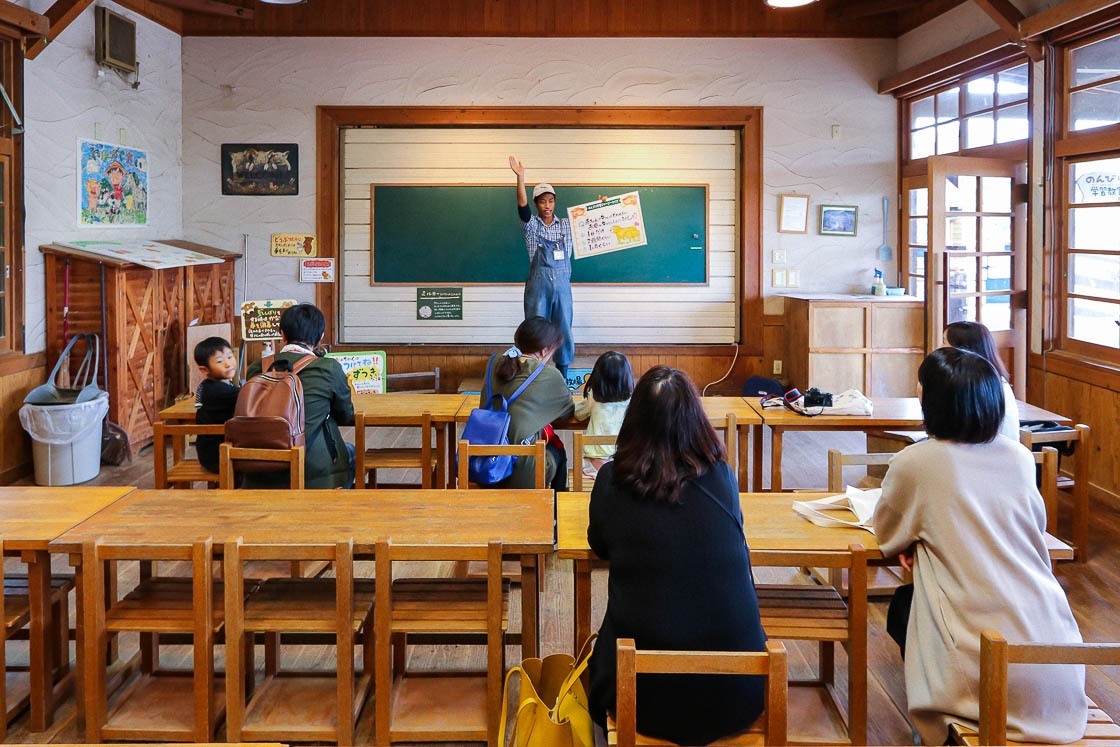
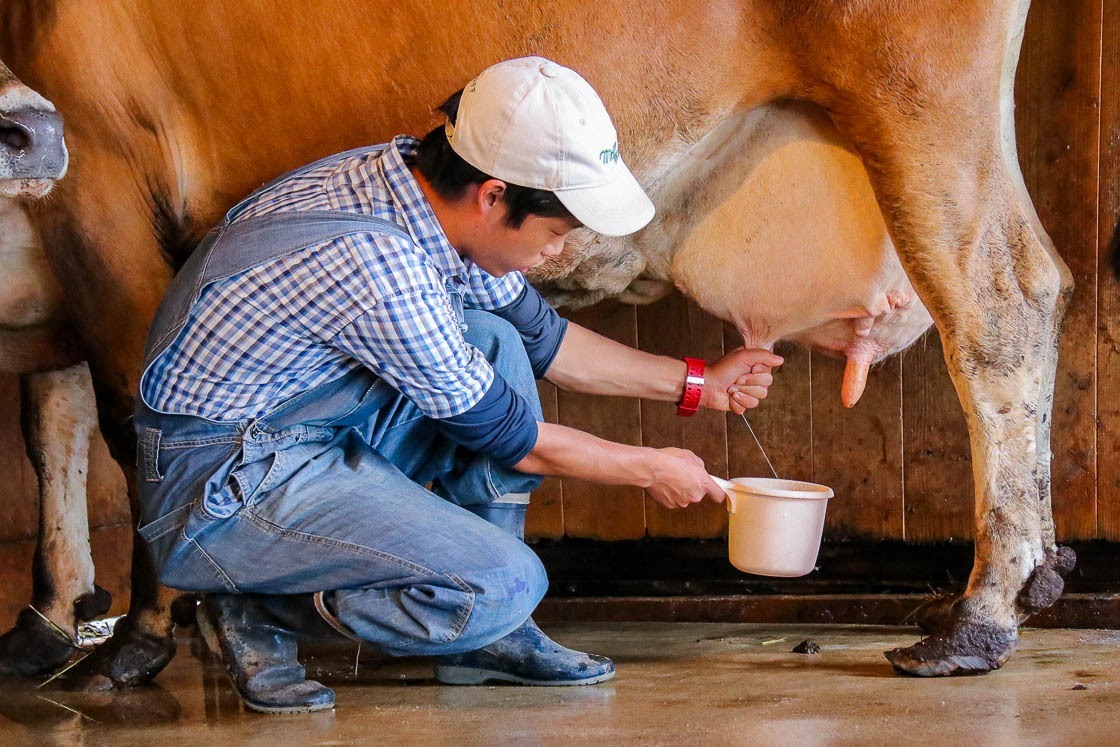

Cafe Noka, a gallery and cafe, was next on my itinerary. It was a stark difference going from the earthiness of the farm to the refined and chic white-walled gallery, but a transition that allowed both to stand out even more. One half of Cafe Noka is a gallery with temporary exhibitions and a shop selling Iga-yaki and pottery by domestic potters, and the other half is a cafe offering delicious local coffee and cakes. I had a great time looking at the exhibition and the wares for sale, and thought of how to outfit my dream home with timeless pieces. I also took the opportunity to sneak in a coffee break, and both cake and coffee did not disappoint.
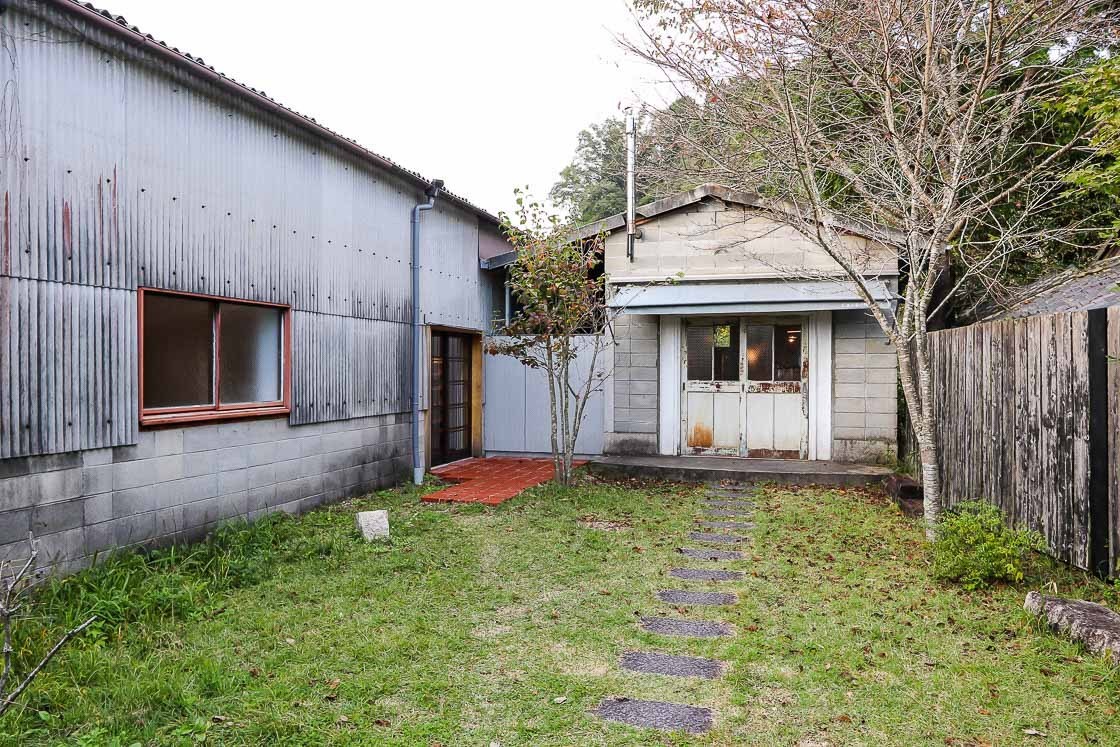
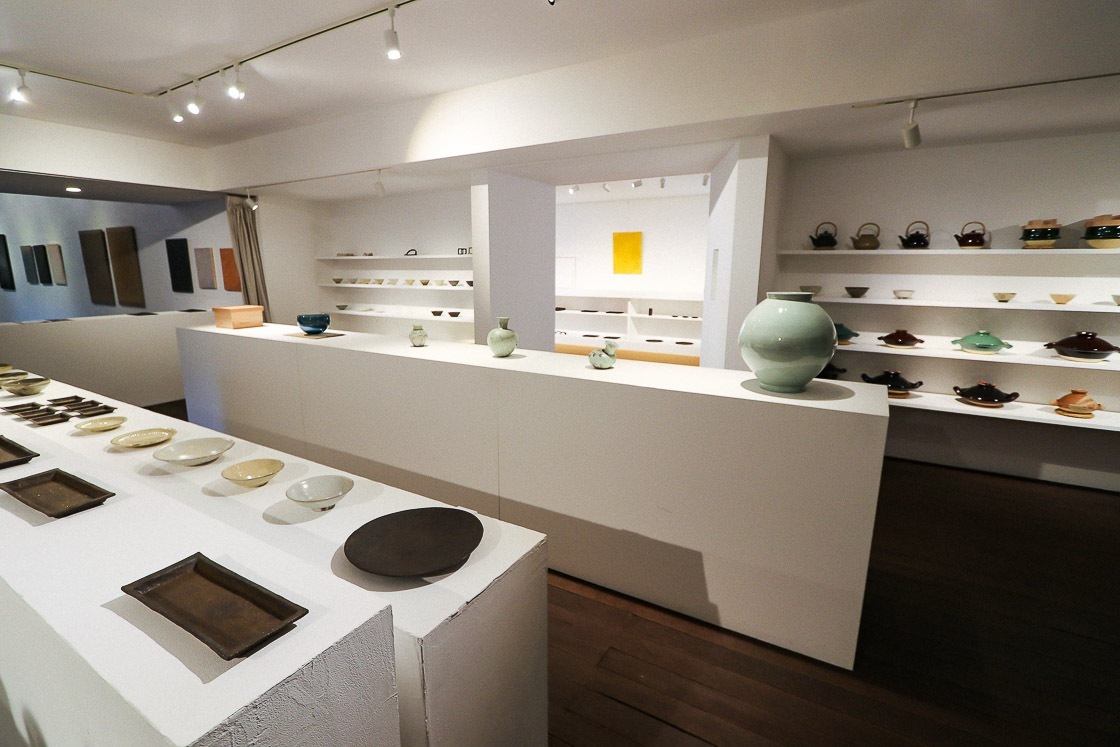
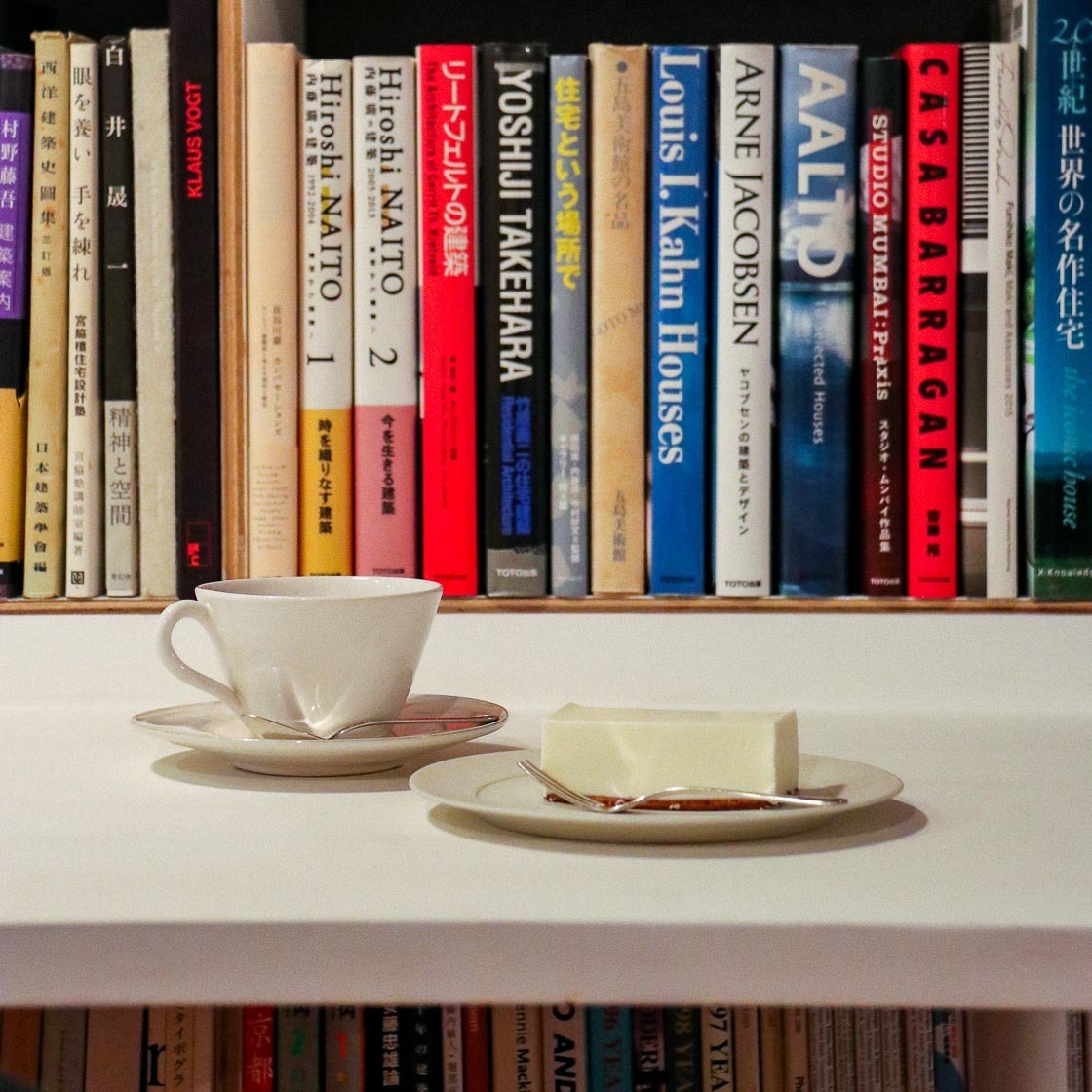
Finally, I headed to Fuji Issui, a restaurant specialising in ninja cuisine for dinner. There is a small ninja display with secret doors and weapons in the restaurant, which I had fun going through. But the spotlight was on the course meal, and most of the dishes either had a special meaning or a connection to the ninja. To cap the meal, the restaurant provided hyorogan, ninja sustenance, together with dessert. Hyorogan are small flour balls made up of food rich in nutrients and energy. These small, light and easy to carry "pills" can be kept for a long time without going bad and were the perfect food for ninja on the go. It is said that ninja would eat about 30 of these a day to keep their strength when nothing else was available. Taste-wise, I found that it had a cinnamon flavour and was overall not too bad!
With my ninja dinner over, it was time to head to my accommodation for the evening. I had a small primer to the ninja culture at dinner, and looked forward to learning more about ninja the next day.
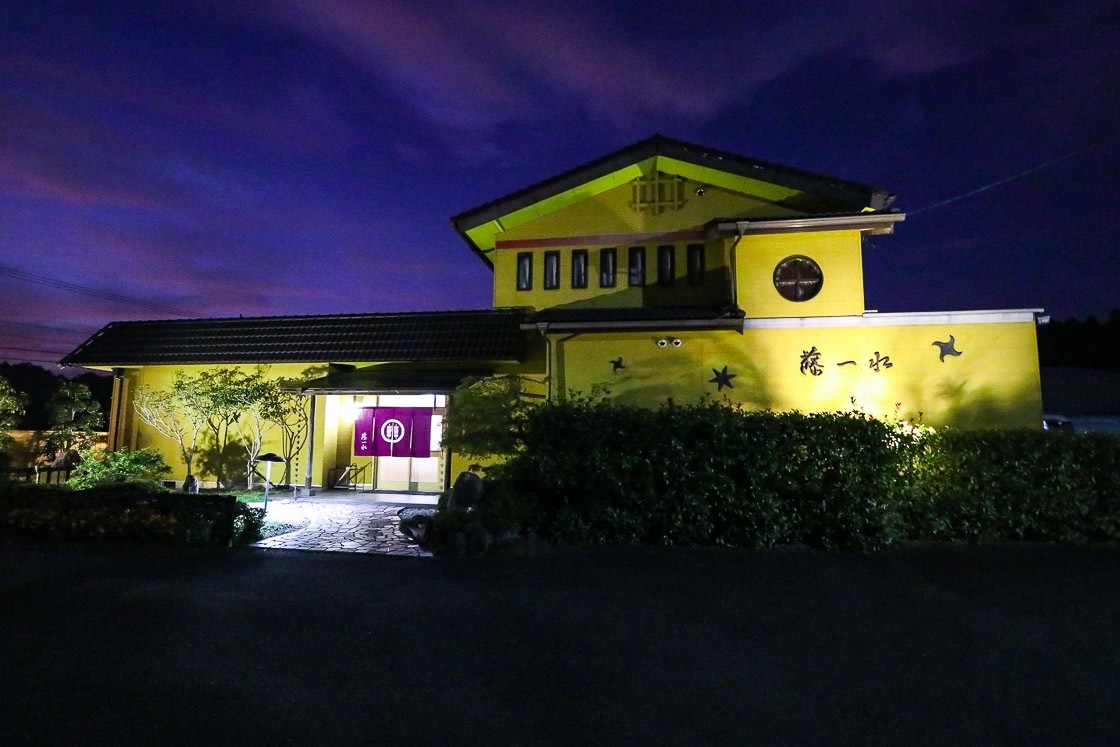
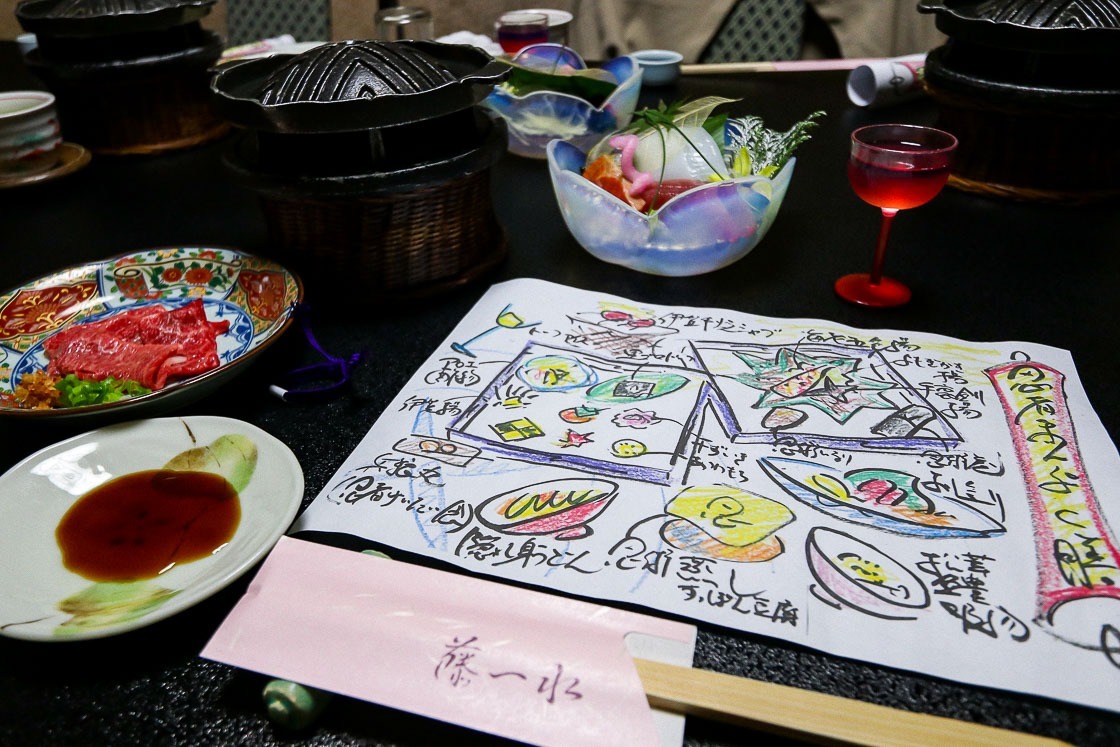
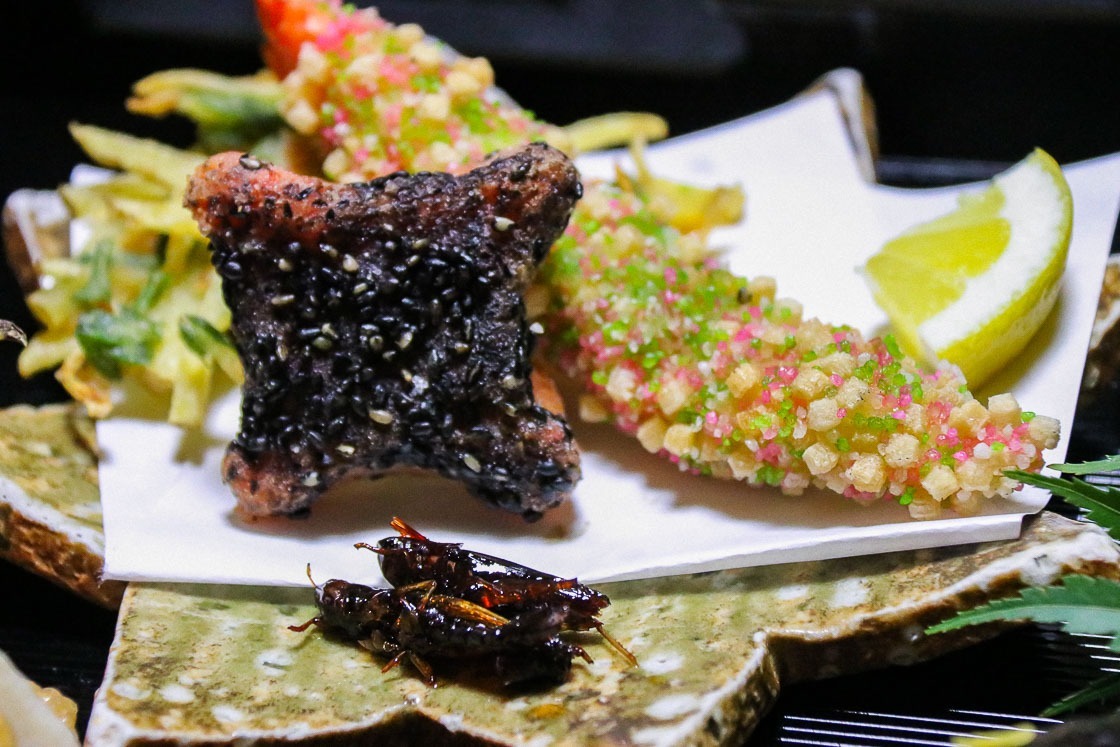
Day two
I started my day at the Iga-Ueno Castle. The original castle was constructed in 1585, but the current castle is a recent reproduction from 1935. Local politician Kawasaki Katsu campaigned for donations of wood and building materials, and engaged the help of local artisans and carpenters to rebuild the castle. The castle consists of a 3-story main keep and a smaller 2-story keep. The first and second floors of the main keep house a permanent exhibition of the history and culture of Iga City. The main feature of the third floor is the decorated ceiling which is more common in castle palaces rather than the keep. Here at the Iga-Ueno Castle, the ceiling contains special paintings and calligraphy by famous people including famed Nihonga artist Yokoyama Taikan.
I spent some time learning about the castle and city history, looking at the different exhibits on display. What really impressed me was that many of the exhibits were originals from the feudal period, including actual armor and paraphernalia that were used in battle.
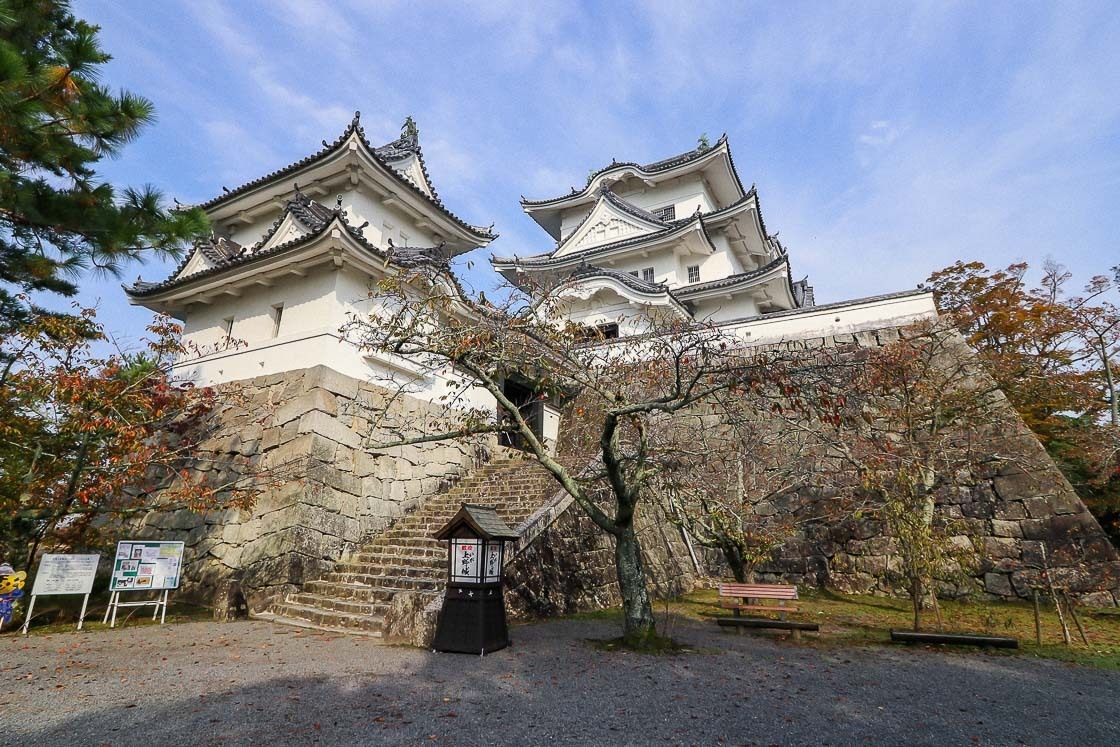
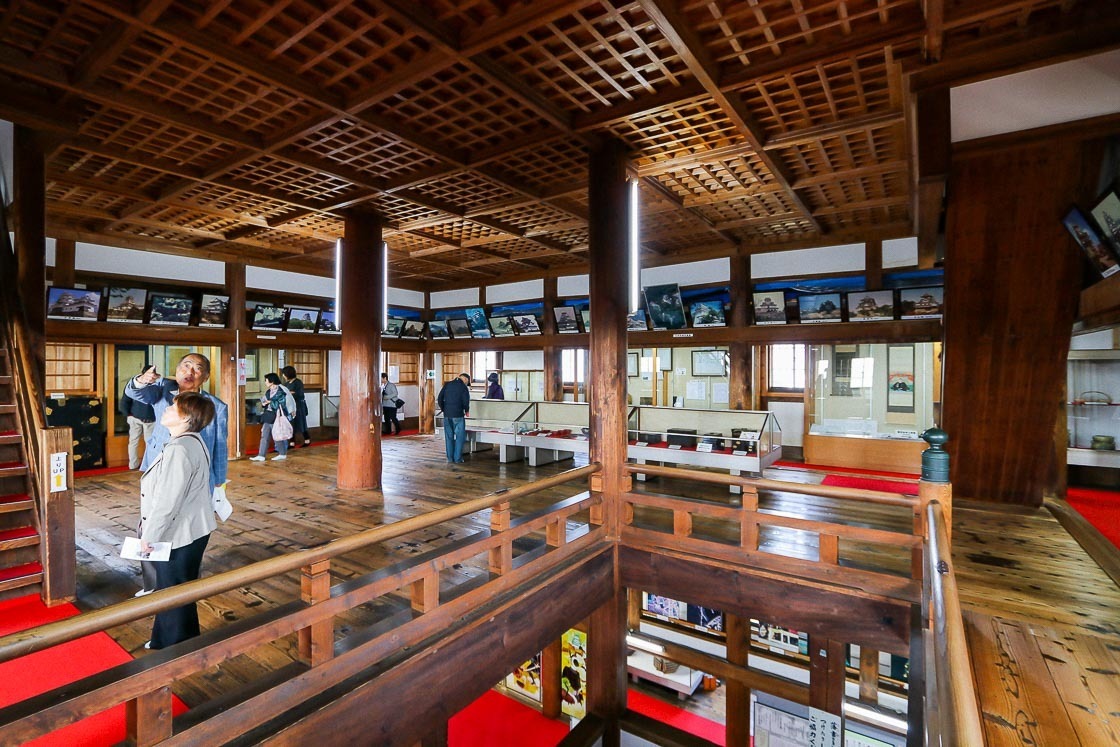
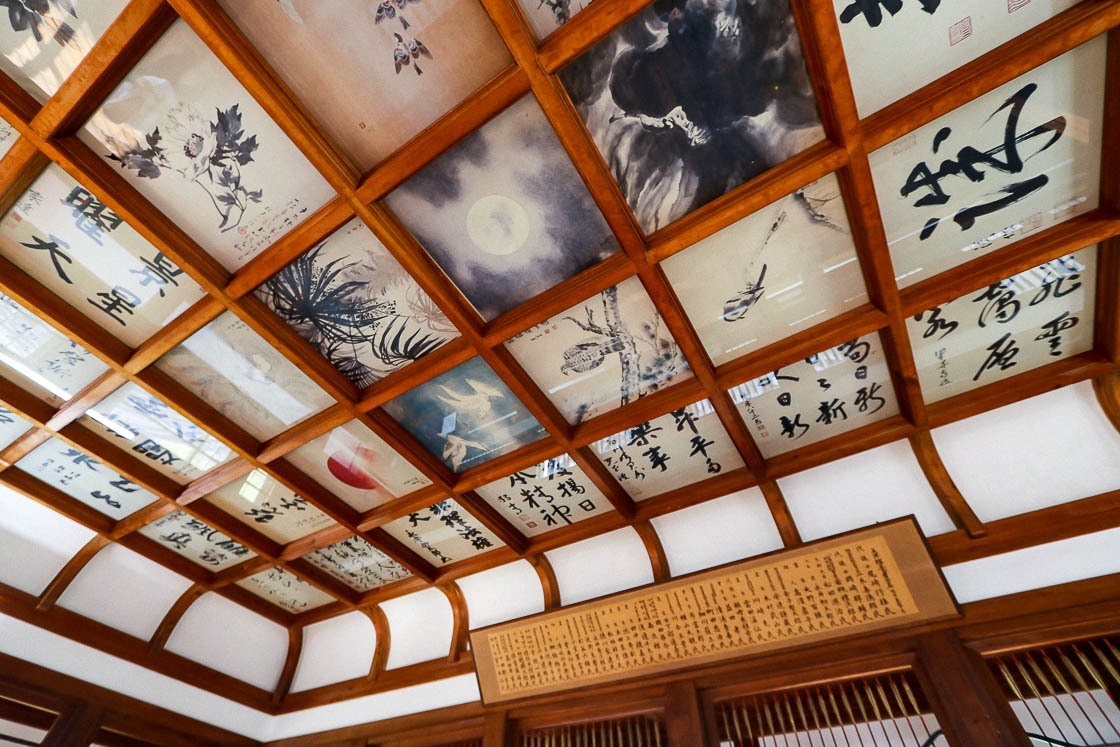

Next, I made my way to the Iga-ryu Ninja Museum, which is a stone's throw from the castle. Easily one of the highlights of this trip, my visit to the ninja museum was truly educational and delightful. I started with a ninja house tour and was introduced to some of the tricks and strategies used by ninja. It was amazing to see how ninja adapted a traditional Japanese home to their advantage to distract, hide and divert their attackers.

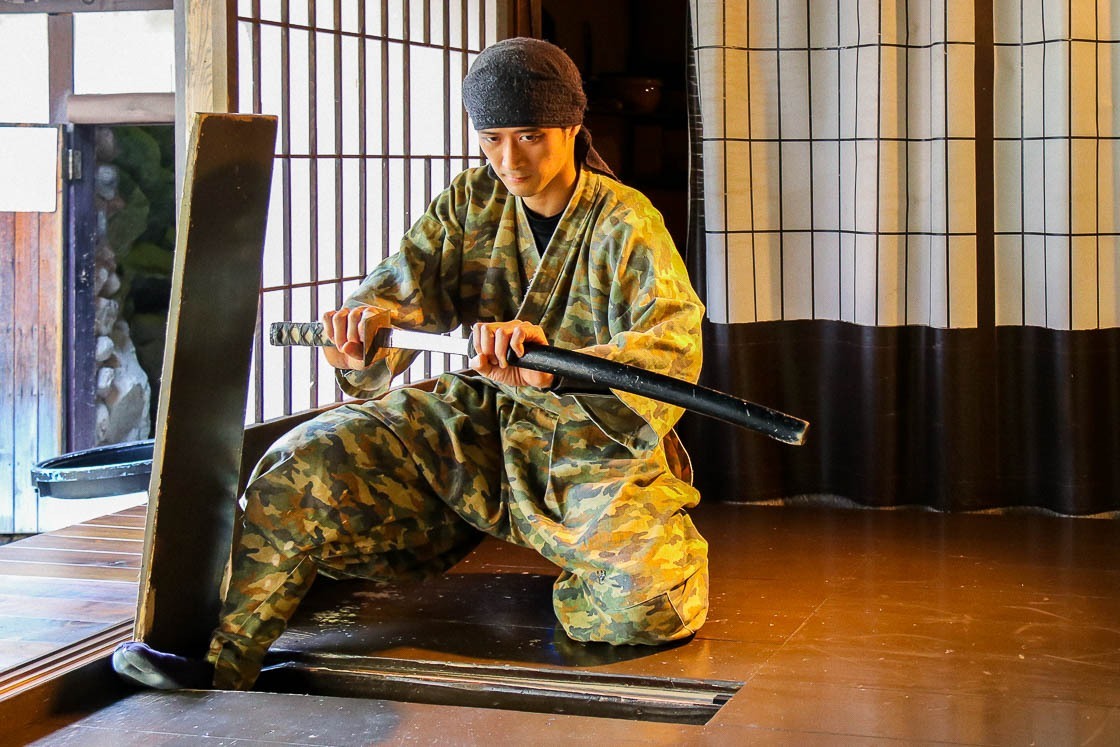
Soon it was time for the Ninja Show, an energetic and exciting show by Ashura - The Iga Ninja Group. These performing ninja are skilled in their craft and have put on shows internationally. I was treated to a lively show that showcased ninja fighting skills as well as the weapons they used. It was all quite amazing and only reminded me about all the training and hard work one has to go through to be an adept ninja. I concluded my time at the Iga-ryu Ninja Museum with a walk through the museum itself, getting up close to the different outfits and disguises used by ninja as well as the techniques and weapons they used.
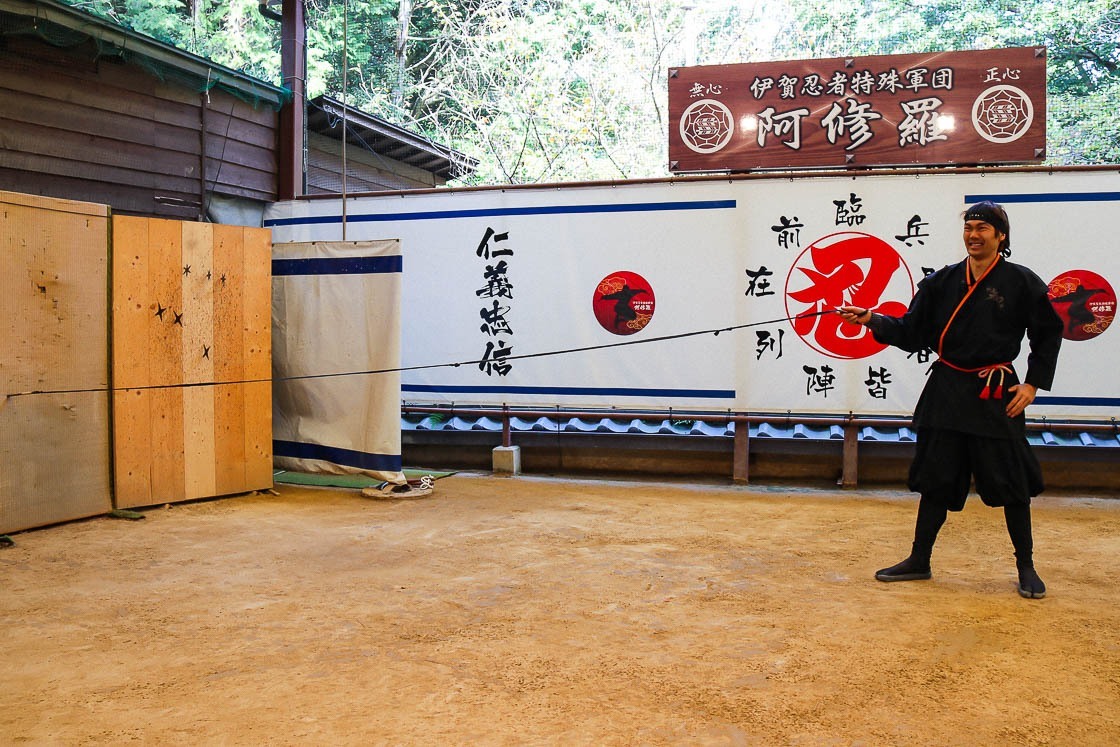
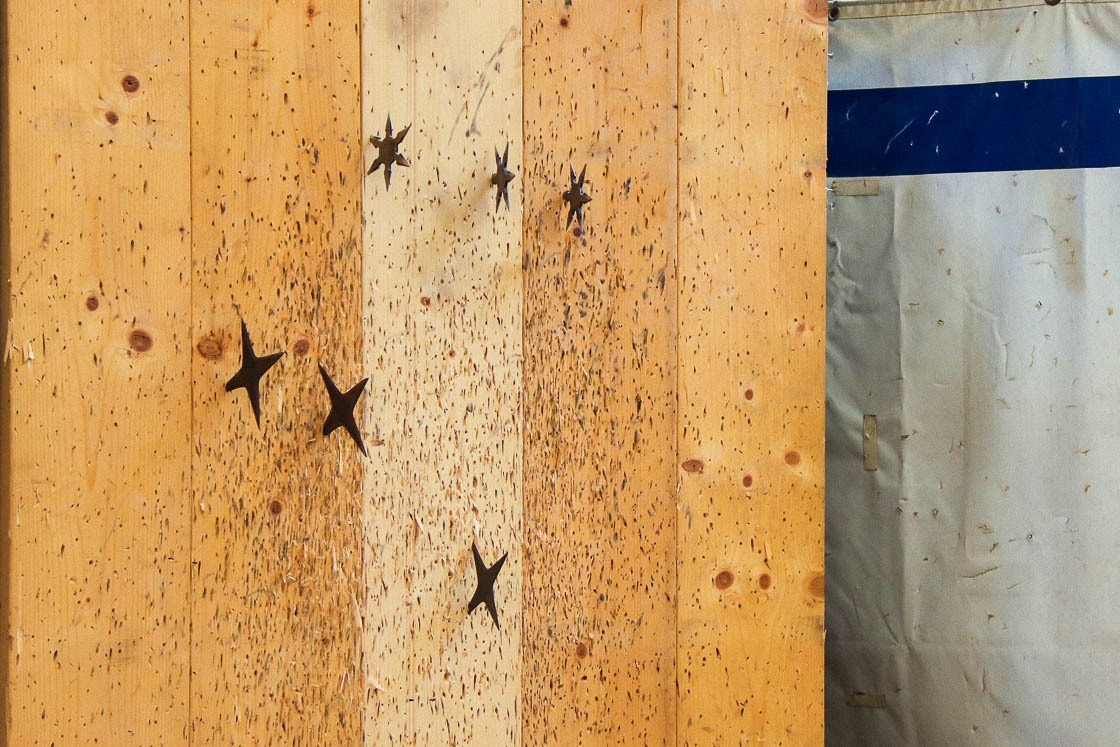
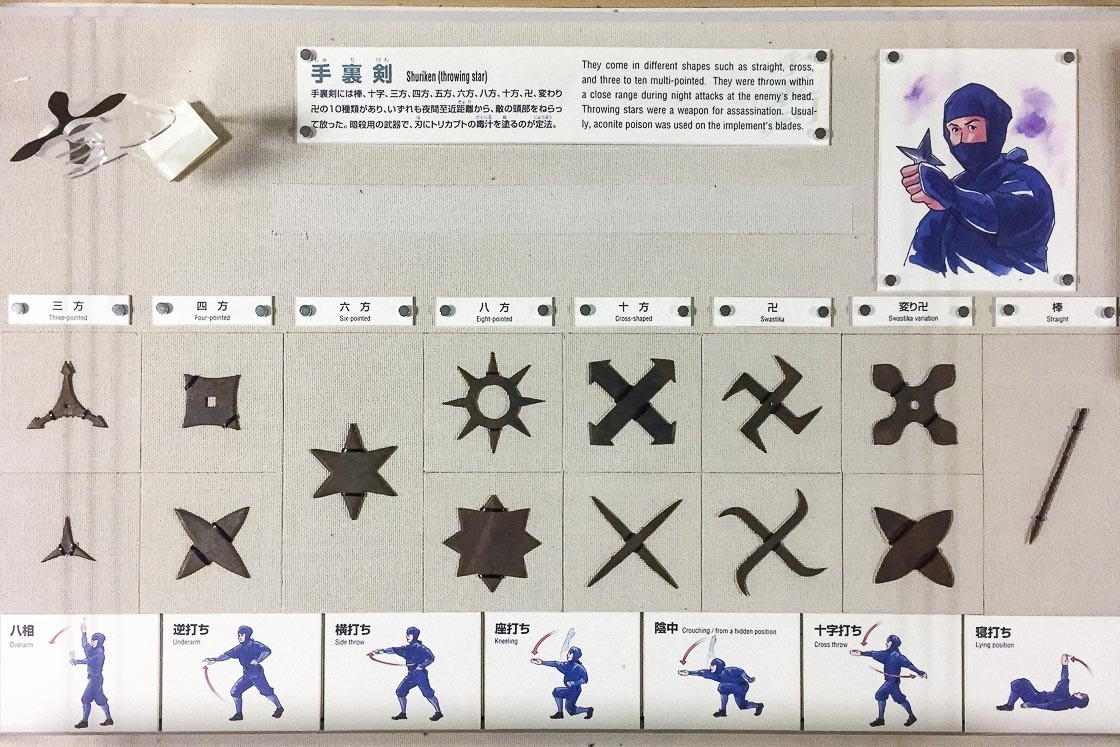
Lunch was next, and I took a ten minute walk from the ninja museum to Grazie, a steak house specialising in Iga wagyu beef. I went for the steak lunch set and ordered a side of beef sashimi. It's not so often that I get a chance to eat red meat sashimi, and this did not disappoint at all. The thinly sliced meat was not chewy at all and went down really well. It's definitely worth a try for those who have a chance.
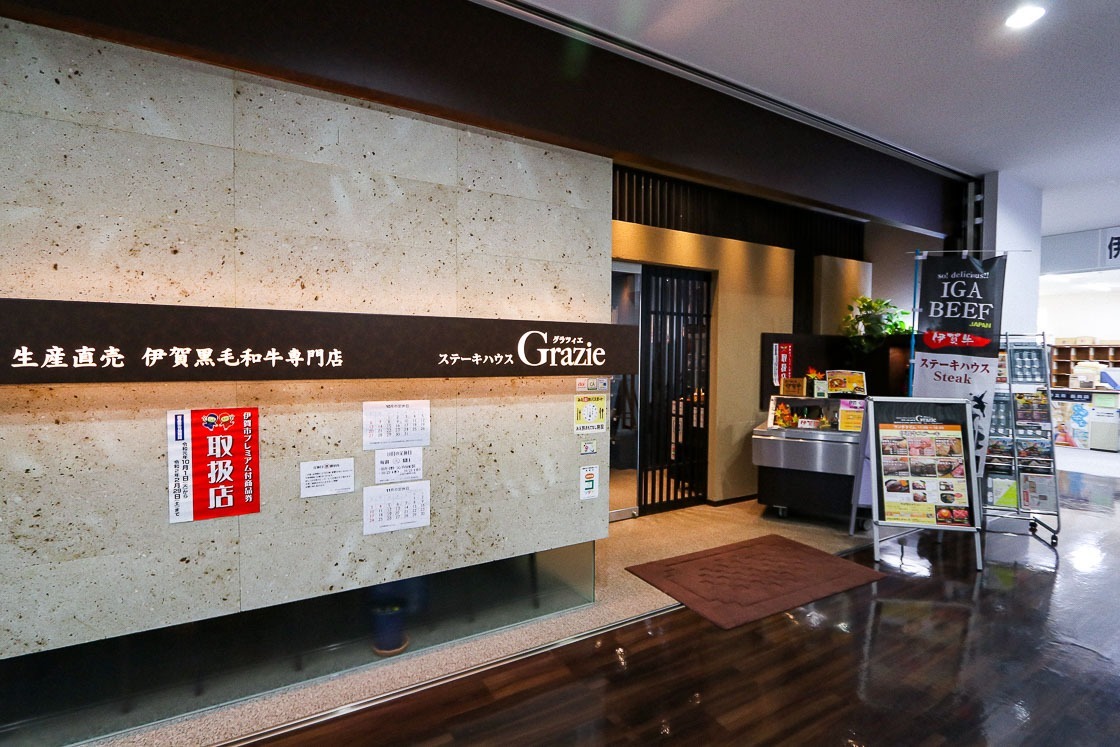
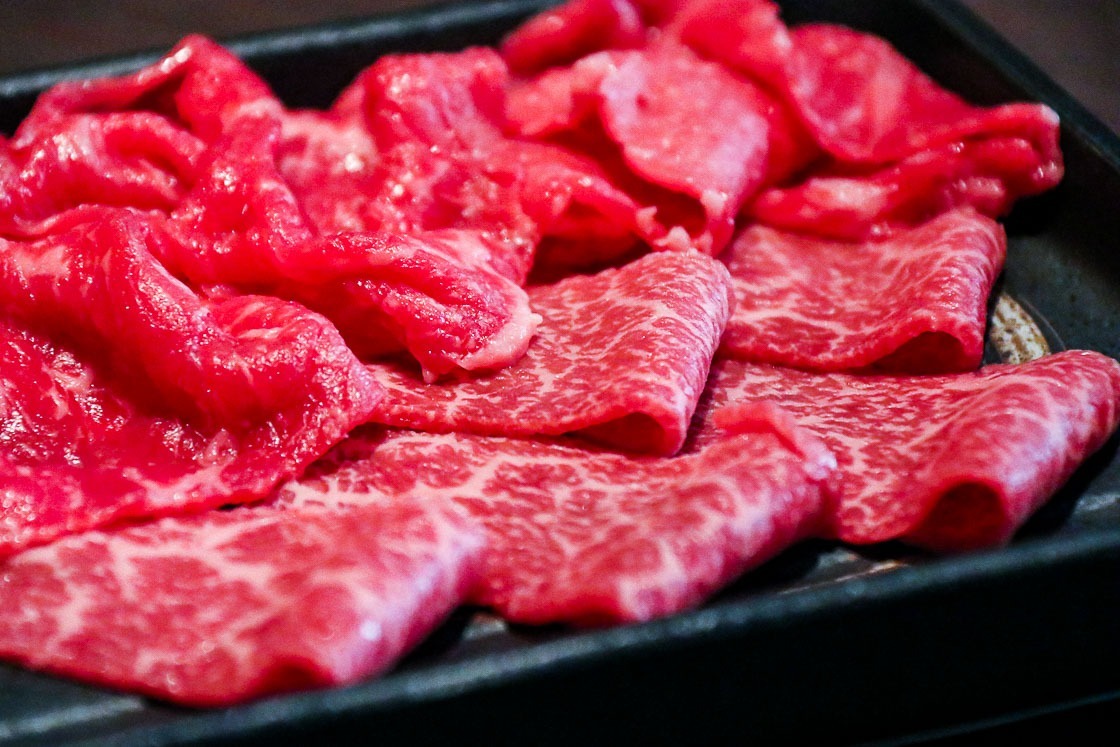
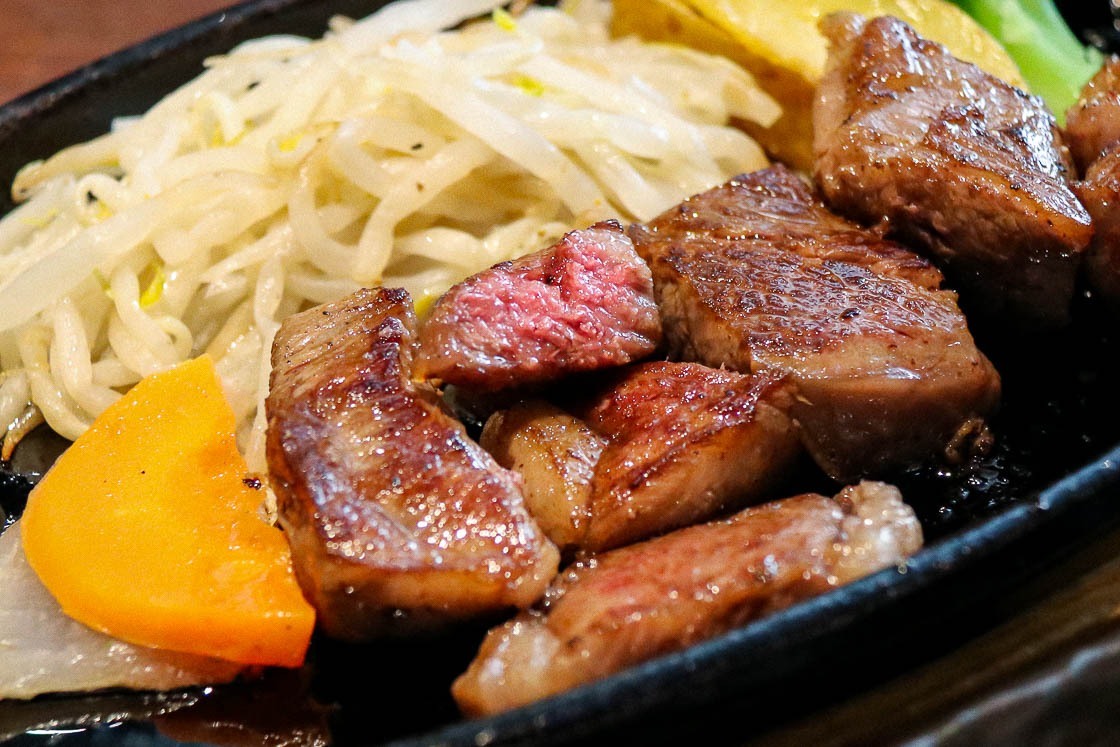
My next stop was the Danjiri Kaikan, a museum that introduces the local festival in Iga City. A visit to the museum includes a short video that explains the history and culture of the local Ueno Tenjin Festival. English audio translations of the video are available upon request. The Ueno Tenjin Festival has large festival floats that are similar to the ones across Japan, but what makes it unique is its procession of scary oni or ogres, meant to frighten children into behaving well for the year. The museum displays the actual floats used in during the festival and parts of the parade featuring life-sized mannequins. However, the most interesting display is the fearsome procession of oni that look as terrifying behind glass as they must be outside during the festival.
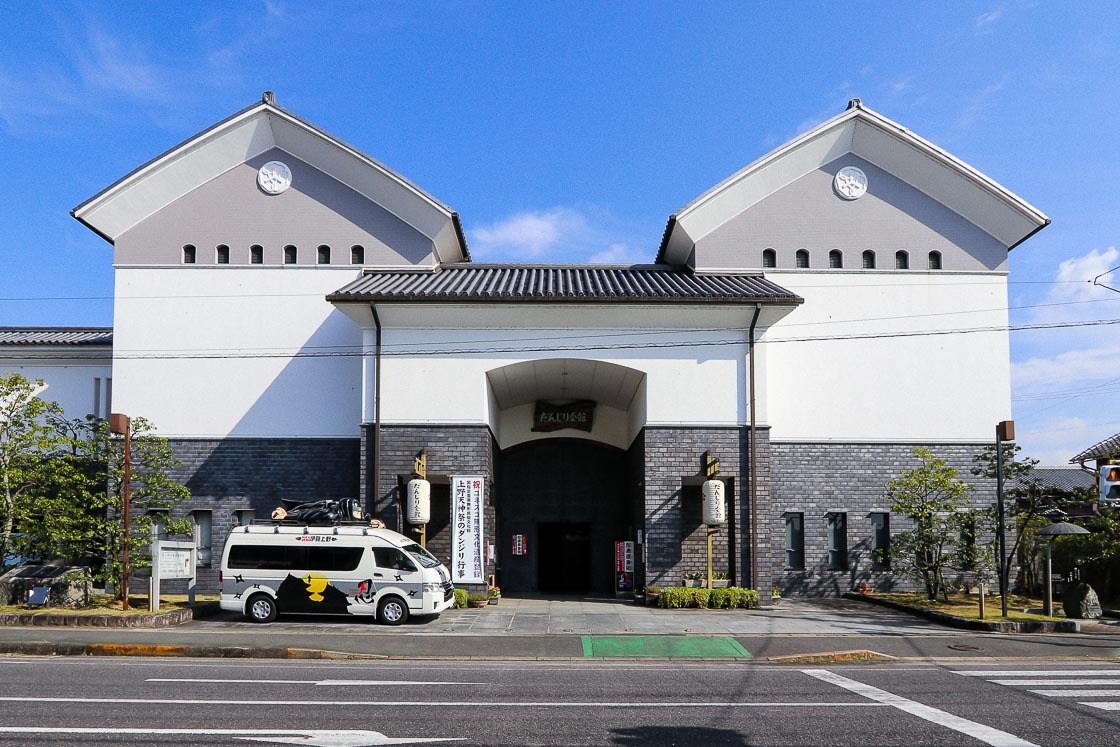
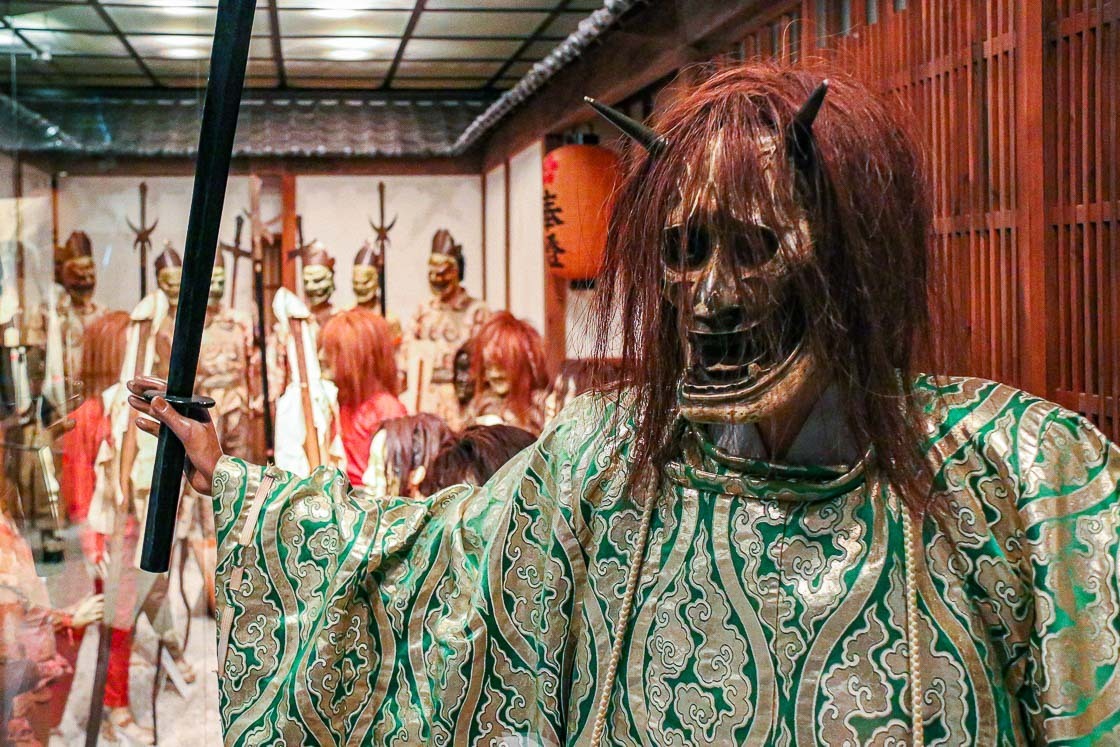
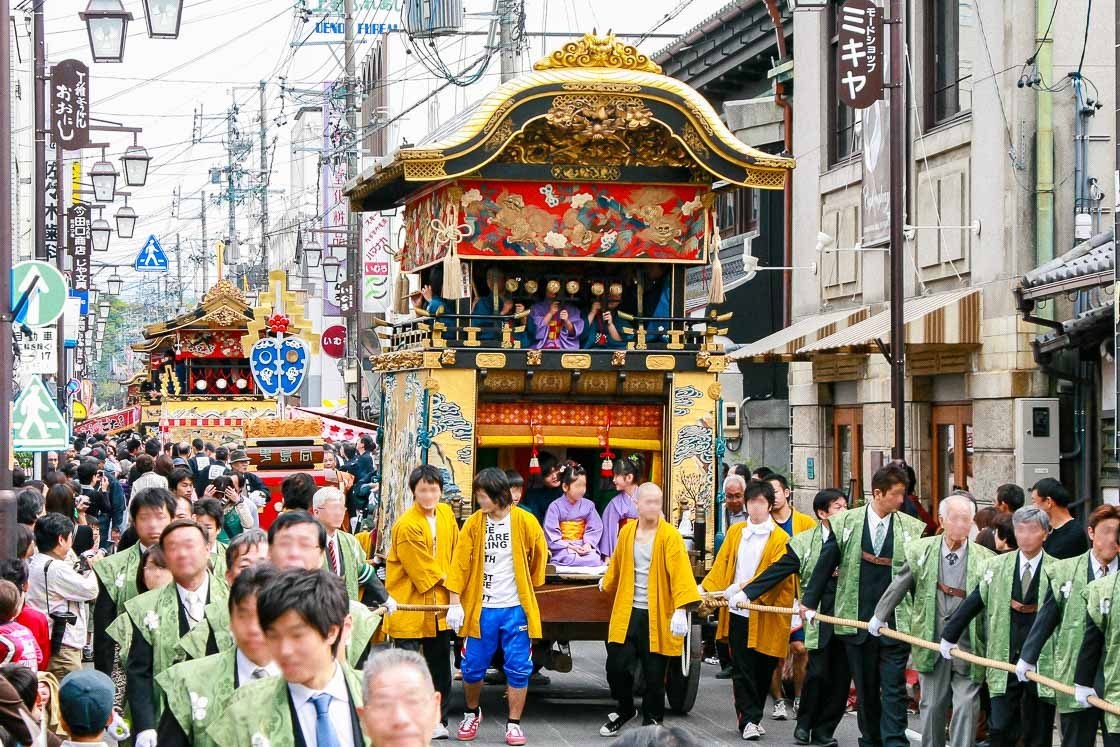
The Iga Traditional Craft Center, was my next stop and the perfect place to calm down after seeing the festival oni. It is only across the road from the Danjiri Kaikan, and visitors can experience kumihimo, a traditional braiding technique, here. Not only is kumihimo a traditional Iga craft, it is also one of the five recognised traditional crafts in Mie Prefecture where Iga City is located.
Traditionally, kumihimo cords were used in a variety of ways, like being tied as decoration around a kimono belt, connecting separate pieces of samurai armour, and used as straps for musical instruments. The popularity of the braiding technique was revived thanks to the hit animation movie Your Name, as the kumihimo cords were used as a bracelet and a hair accessory by the main characters, and more recently, used as the ribbon for the Rugby World Cup medals as well! Today, however, the modern uses for kumihimo cords include phone straps and neckties.
I tried my hand at kumihimo and braided a bracelet in under an hour. As a first timer, this activity was not particular difficult, and, in fact, more meditative than anything. The design was also simple to follow as long as you remembered the steps. It is easy to see how people can get hooked to kumihimo, but the real test is in the consistency of the finished product. Mine can be said to be a "good attempt":P
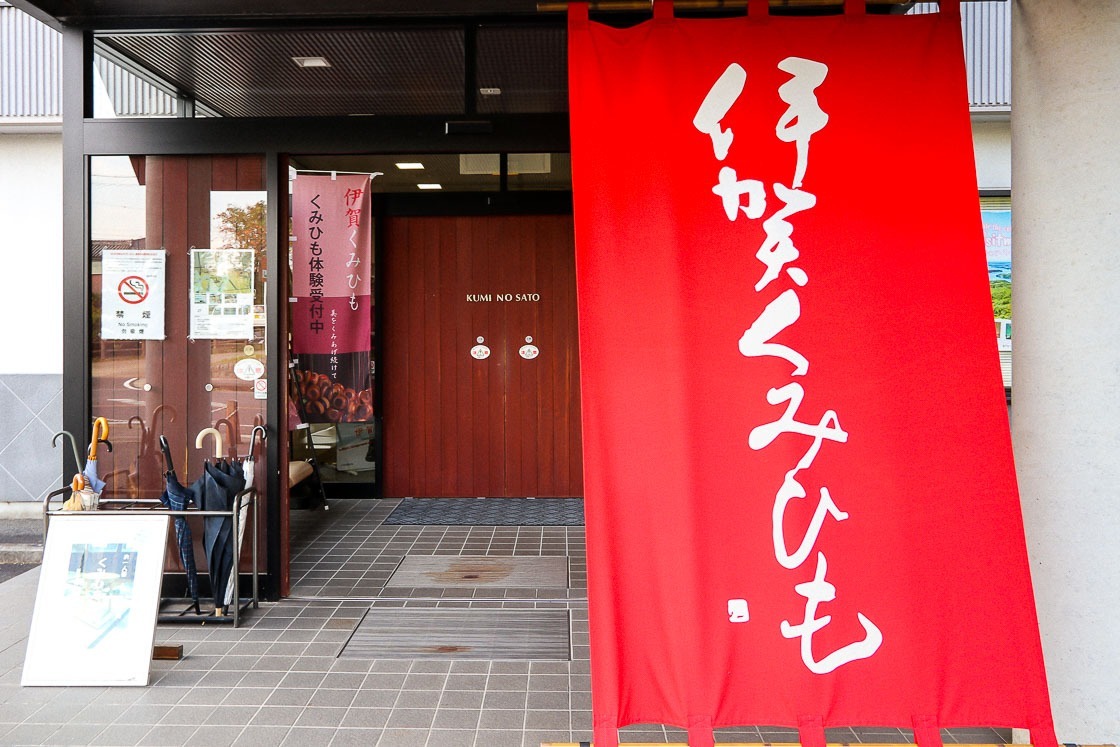
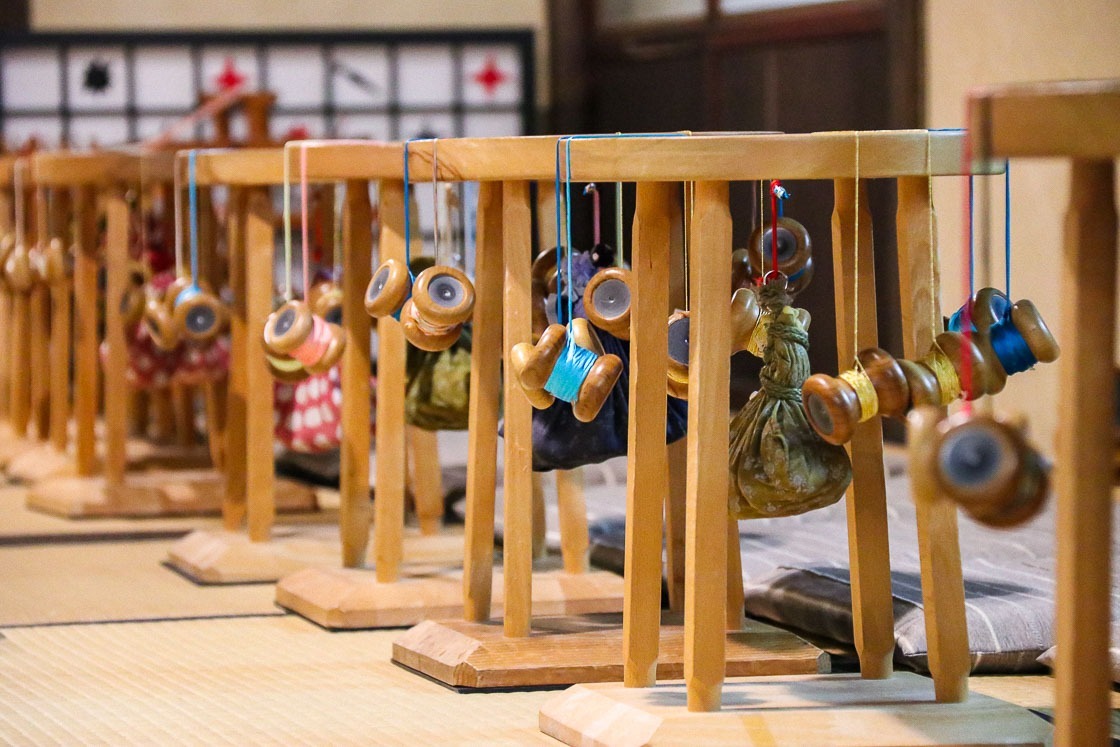
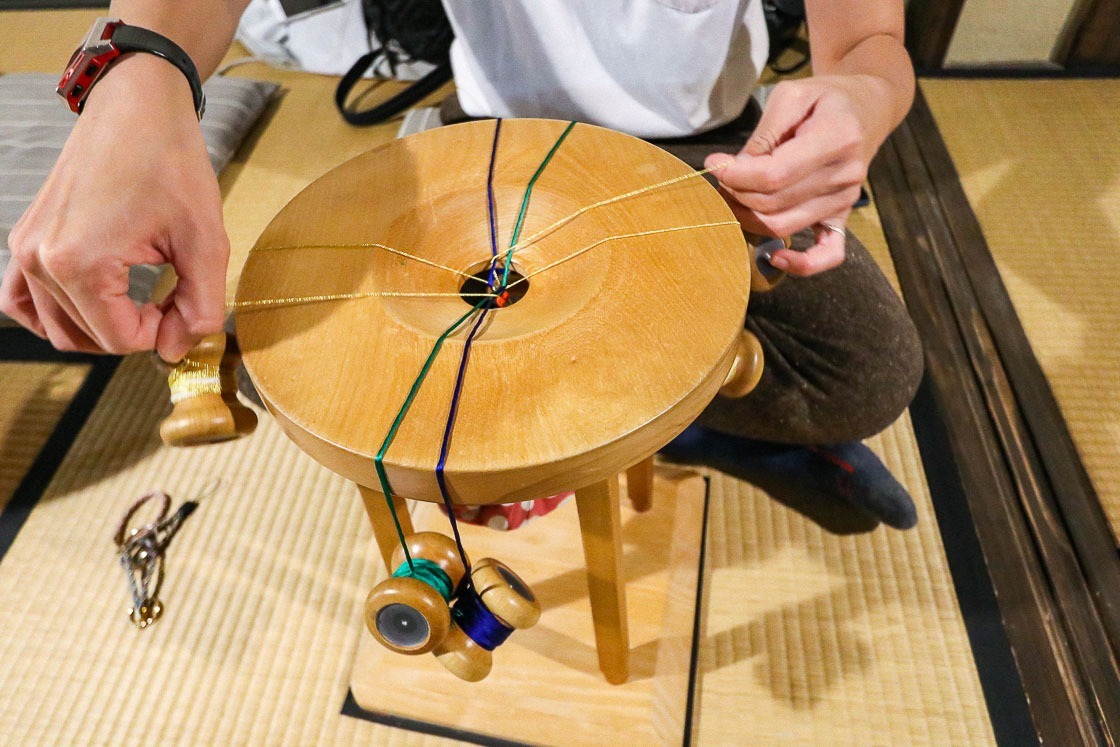
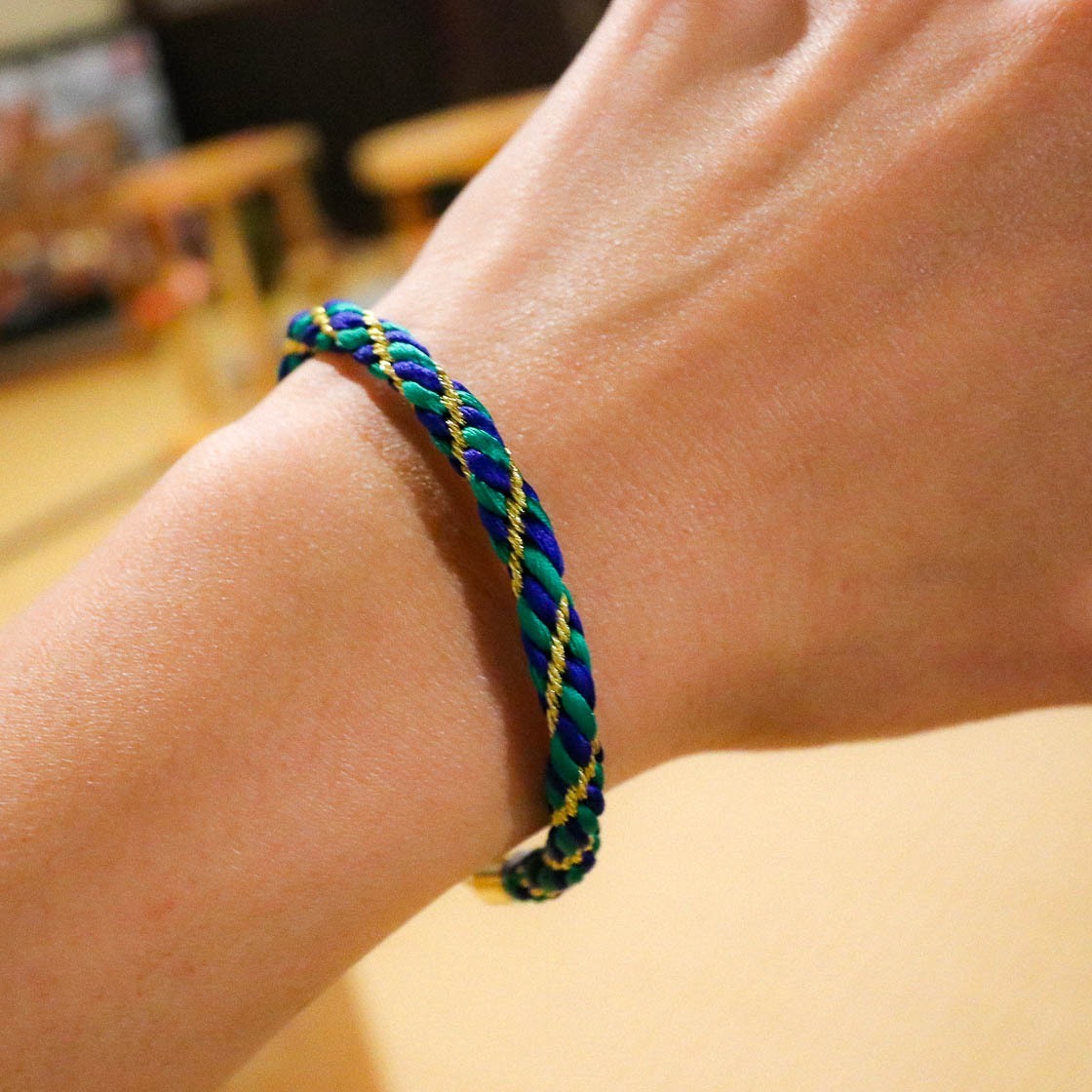
To wrap up my day in Iga, I took a walk around in the former castle town, which is the area just south of the train tracks. The quiet streets were lined with shops and residences, making for an interesting stroll. Finally, it was time for me to catch my train out of the city, and I made my way back to the train station. I had my last brush with the ninja and got on the special livery ninja train that would whisk me away into the sunset. It was a fantastic two days exploring the city of Iga, and I feel like I managed to get a good idea of the city's traditional crafts of Iga-yaki and Kumihimo, as well as learnt a lot more about ninja culture than I could've elsewhere. Now, if only I could spend more time studying about ninja...
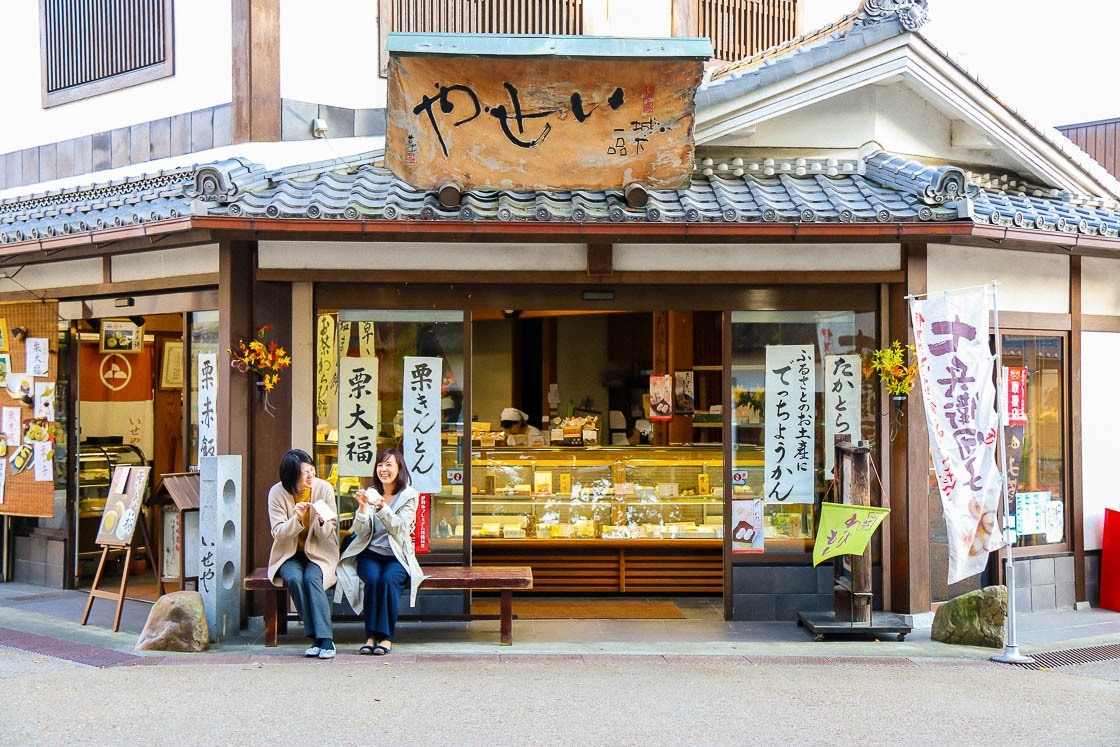
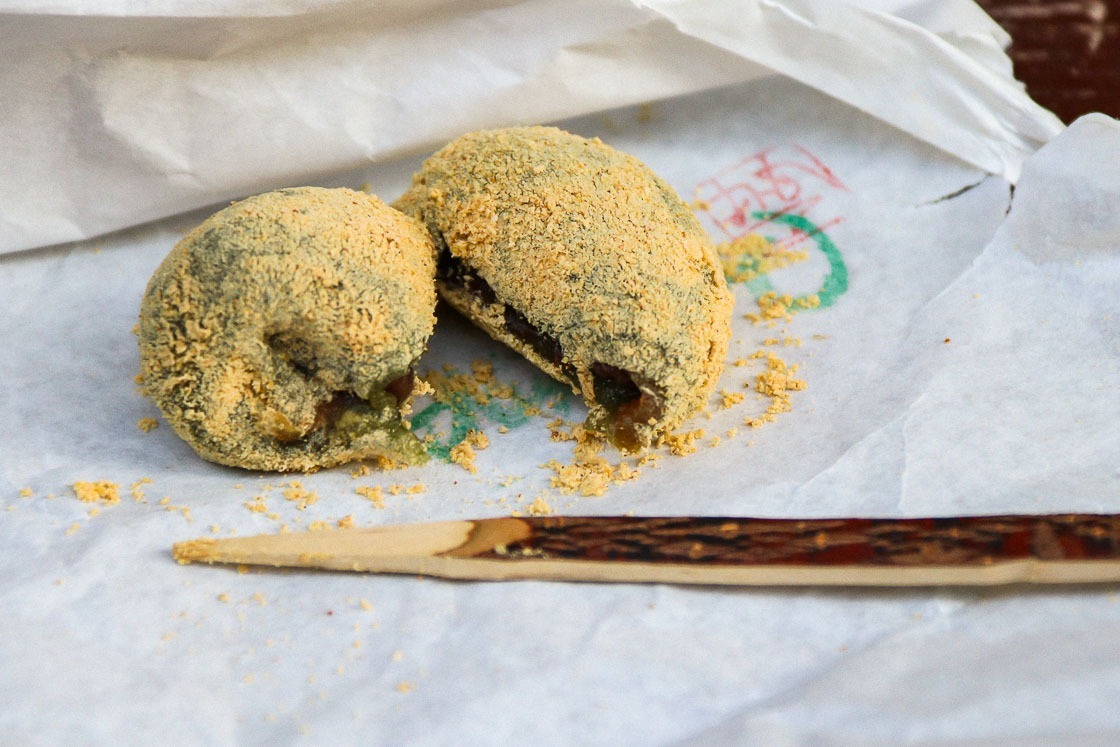
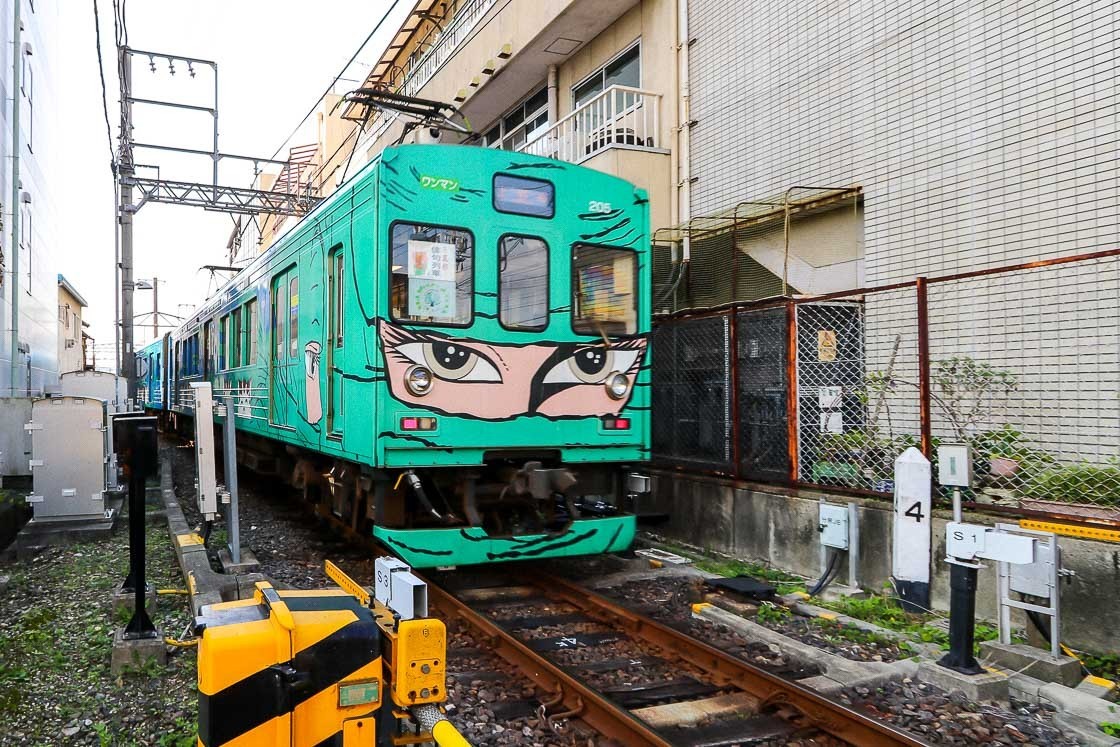
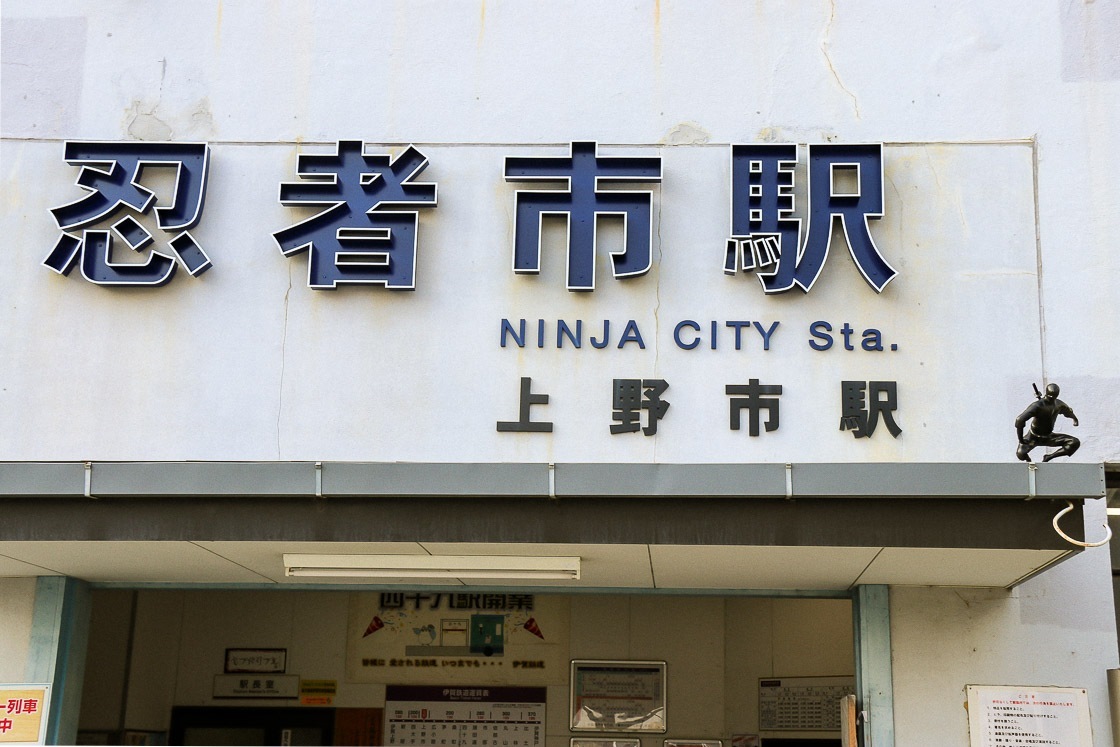
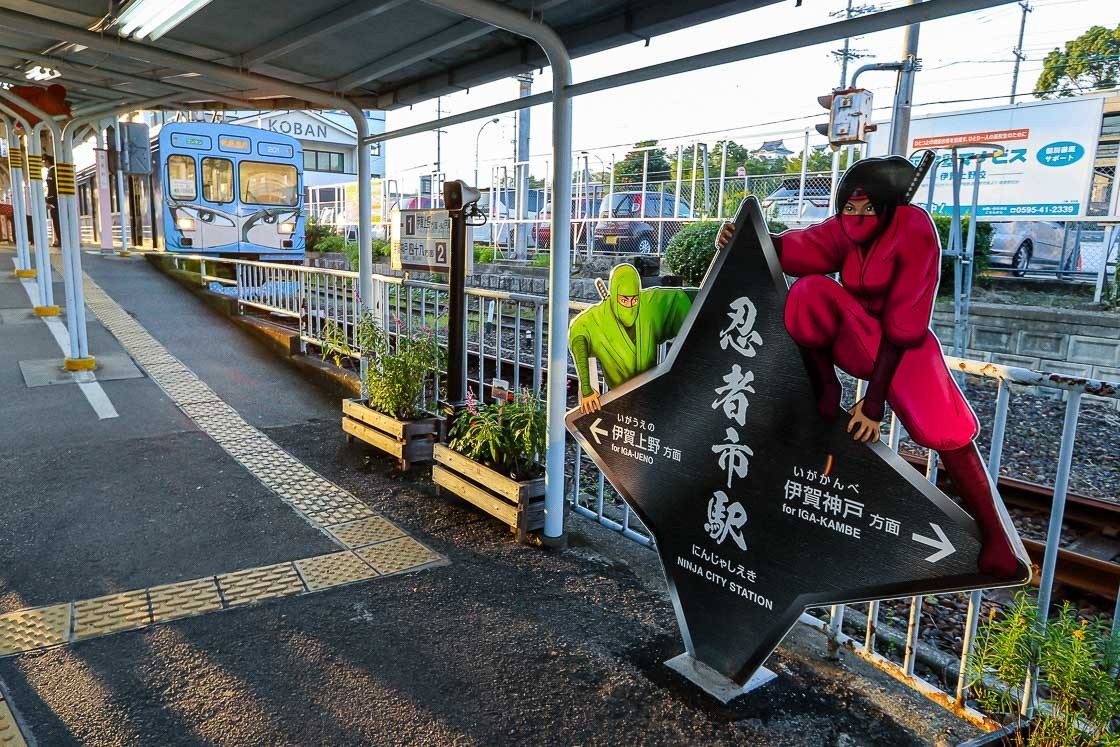
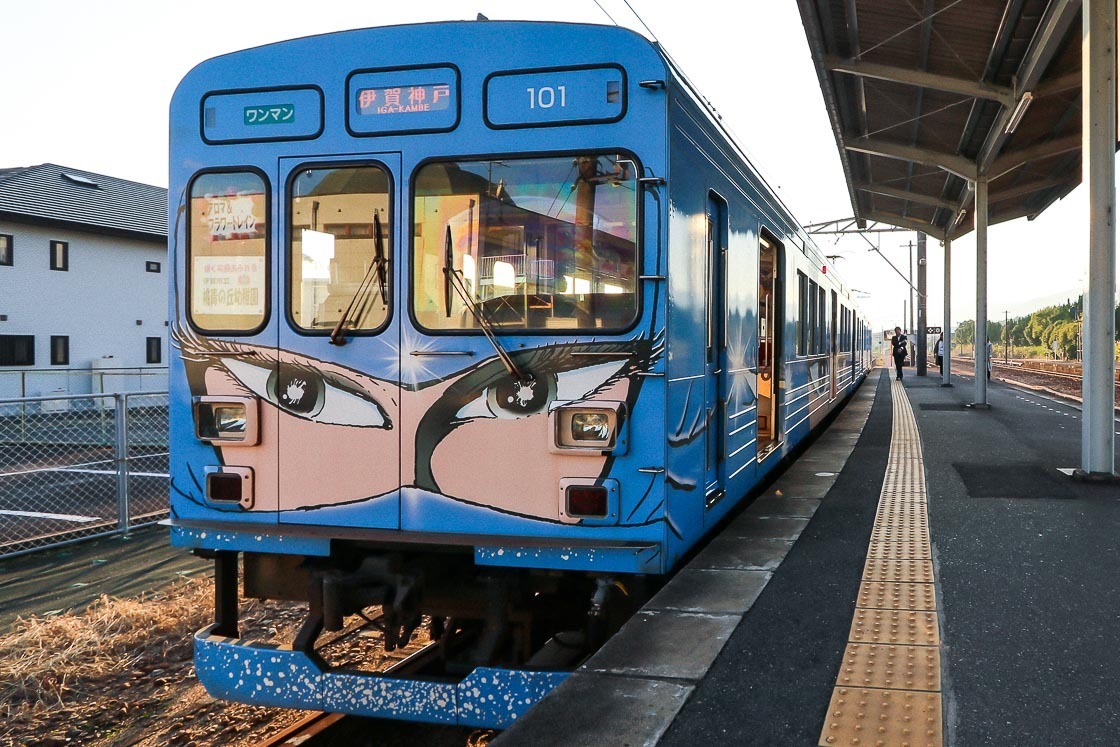

Access
Iga can be done as a side trip from either Kyoto or Nagoya, and it takes about two hours to reach it from either city. Iga-Ueno Station on the JR Kansai Line and Uenoshi Station on the Iga Railway are the main stations serving the city. Uenoshi Station is located in the city center, and the sights in the city like Iga-Ueno Castle, Iga-ryu Ninja Museum, Danjiri Museum and Iga Traditional Craft Center are within walking distance from the station as well as from one another. Iga-Ueno Station is located further away and is convenient for accessing Mita-gama on foot.
A rental car is recommended for the first day, and rental car outlets can be found in central Iga.
From Nagoya
By bus
Highway buses operated by Mie Kotsu run between the Meitetsu Bus Center in Nagoya and Uenoshi Station. There is one departure every two hours, and the one way trip takes about two hours and costs 2000 yen.
By Japan Railway
Take the JR Kansai Line from Nagoya and transfer at Kameyama to Iga-Ueno Station (about two hours, 1690 yen one way). Transfer to the Iga Railway to Ueno-shi Station (7 minutes, 260 yen one way).
From Kyoto
By Japan Railway
Take the JR Tokaido Line from Kyoto and transfer at Kusatsu to the JR Kusatsu Line to Tsuge. From Tsuge, change to the JR Kansai Line to Iga-Ueno Station. The entire one way journey from Kyoto takes about 100 minutes and costs 1170 yen one way. Transfer to the Iga Railway to Uenoshi Station (7 minutes, 260 yen one way)
From Osaka
By Kintetsu Railway
Take the Kintetsu Line from Osaka-Namba to Iga-Kambe. Hourly Kintetsu limited express trains provide direct access between the two stations (about 60 minutes, 2080 yen one way). Slower local trains between Osaka-Namba and Iga-Kambe require a change at Tsuruhashi Station (about 90 minutes, 1160 yen one way). From Iga-Kambe, change to the Iga Railway to Uenoshi Station (about 30 minutes, 370 yen one way).
